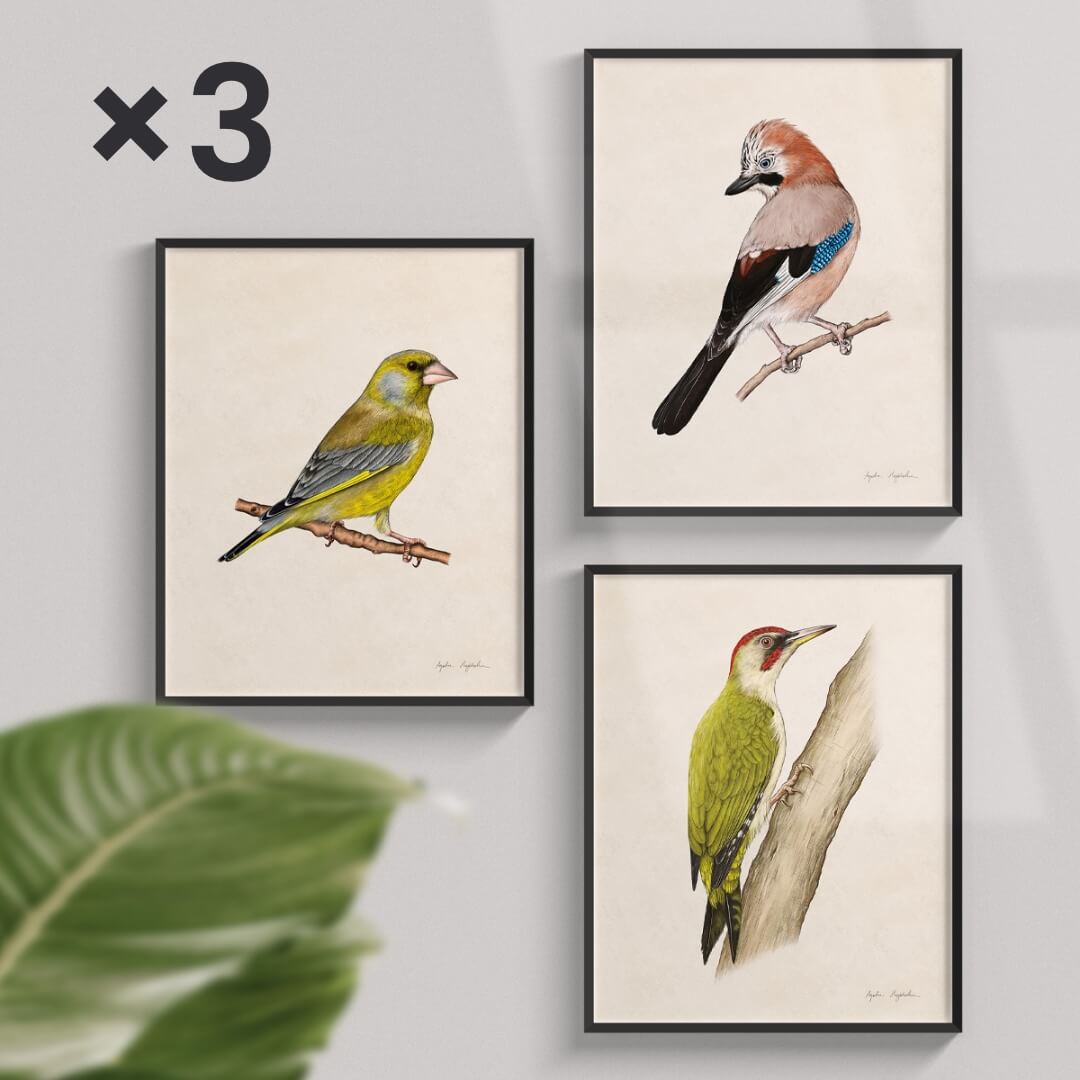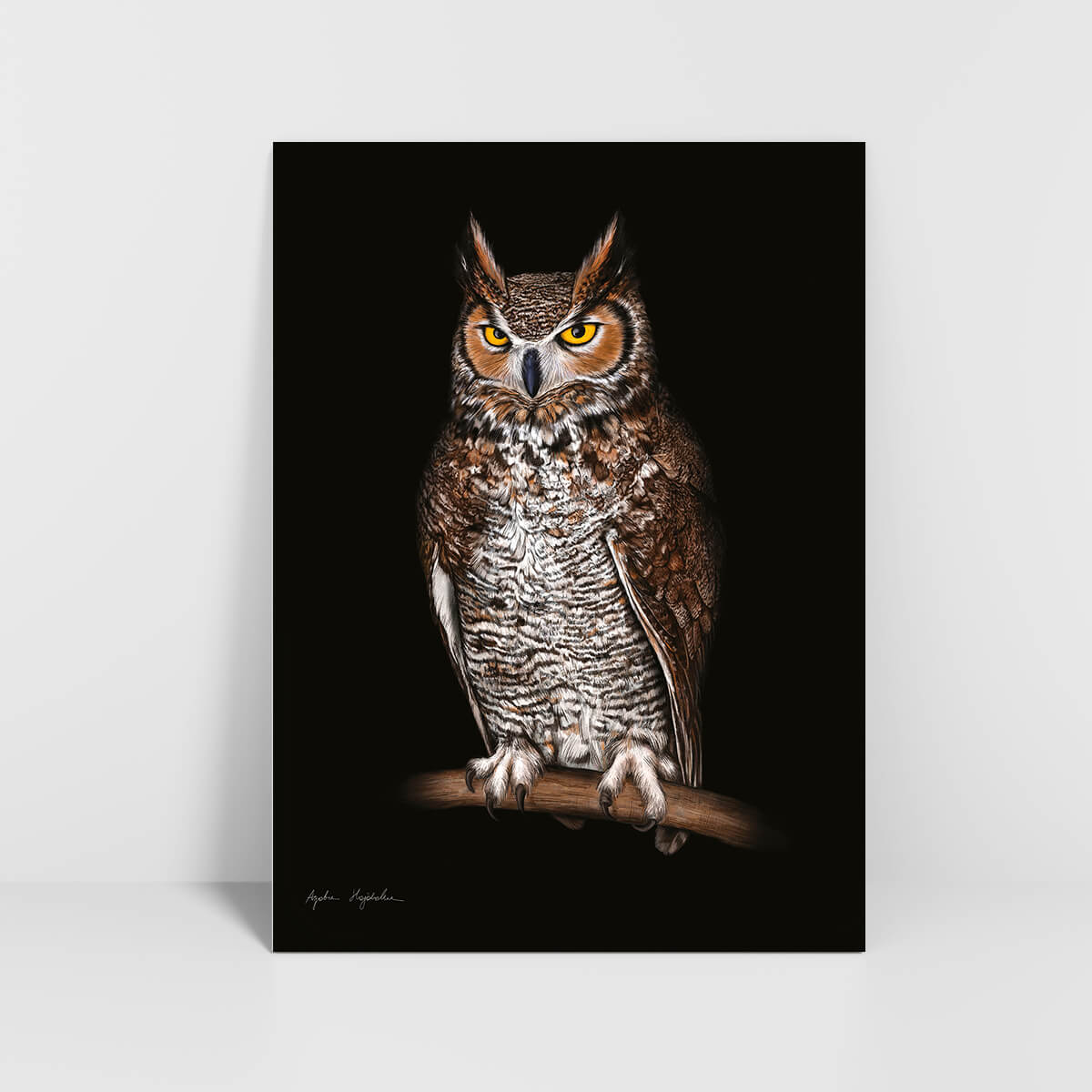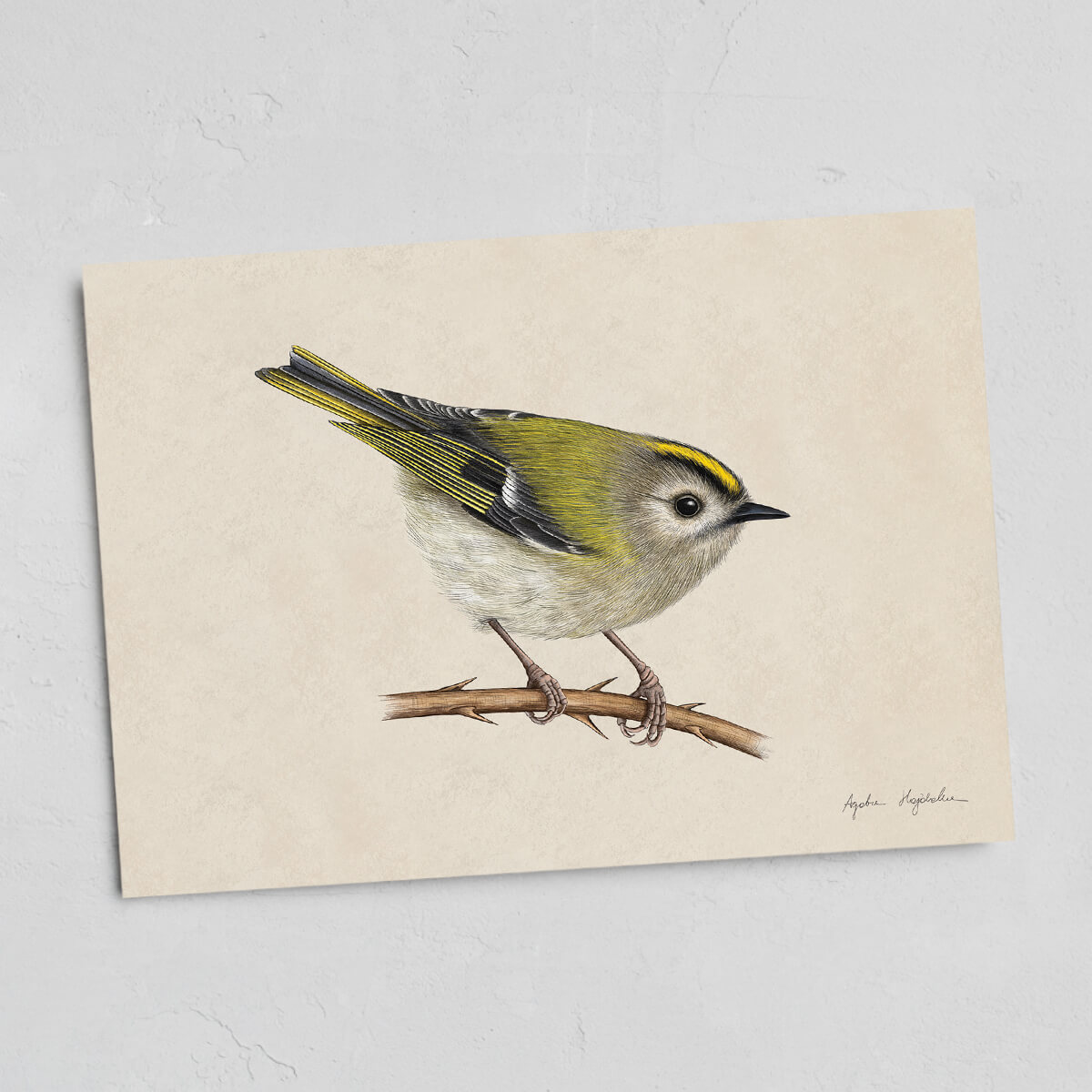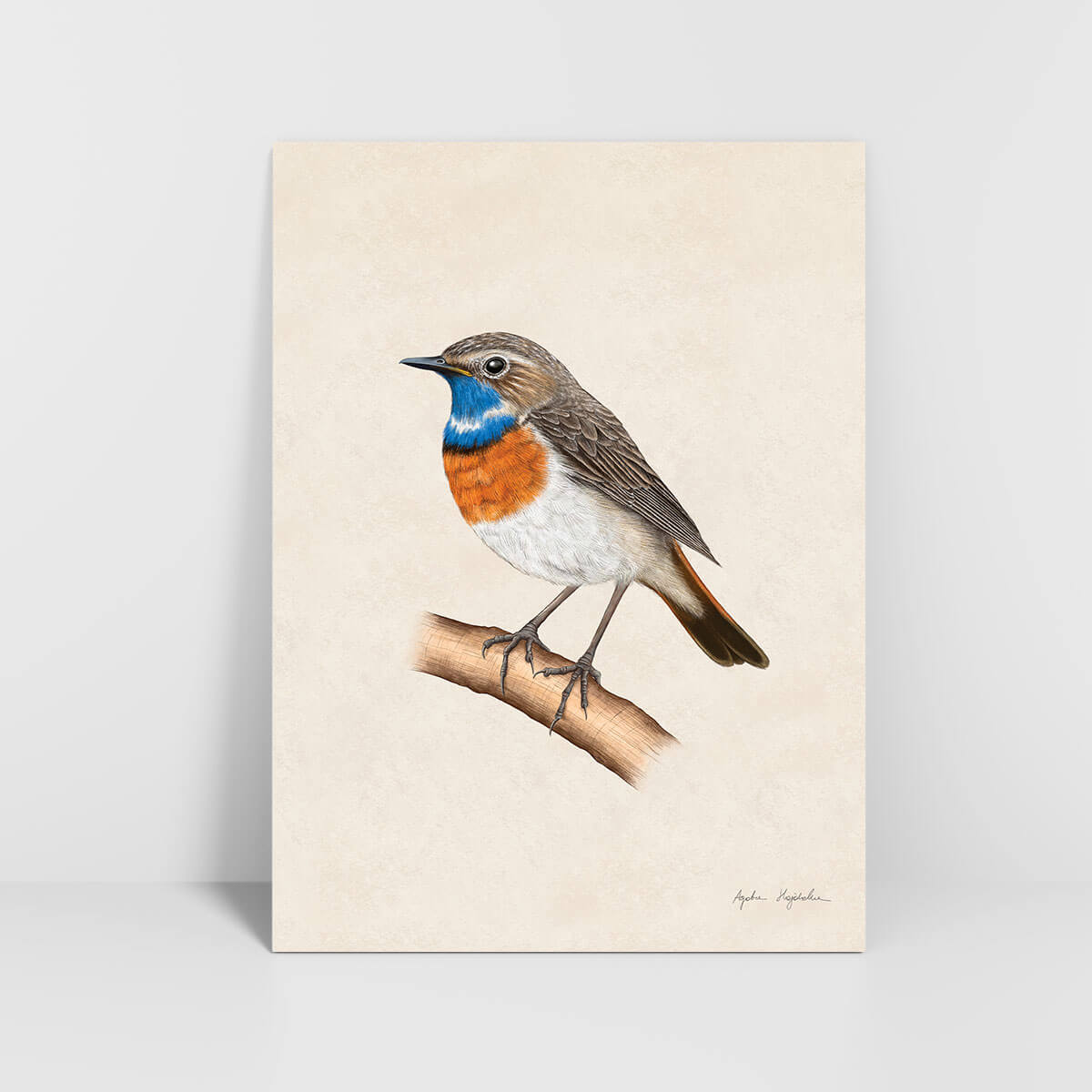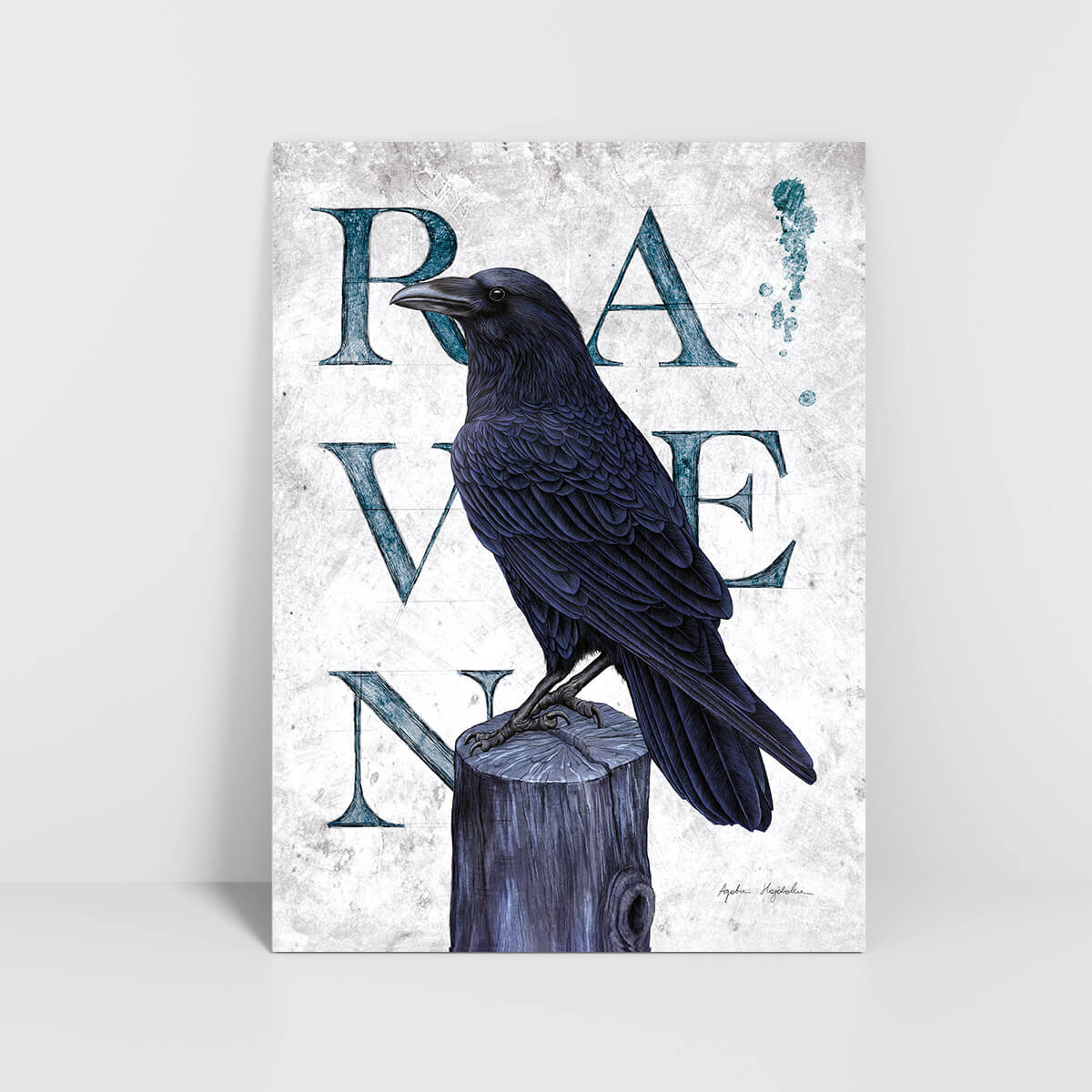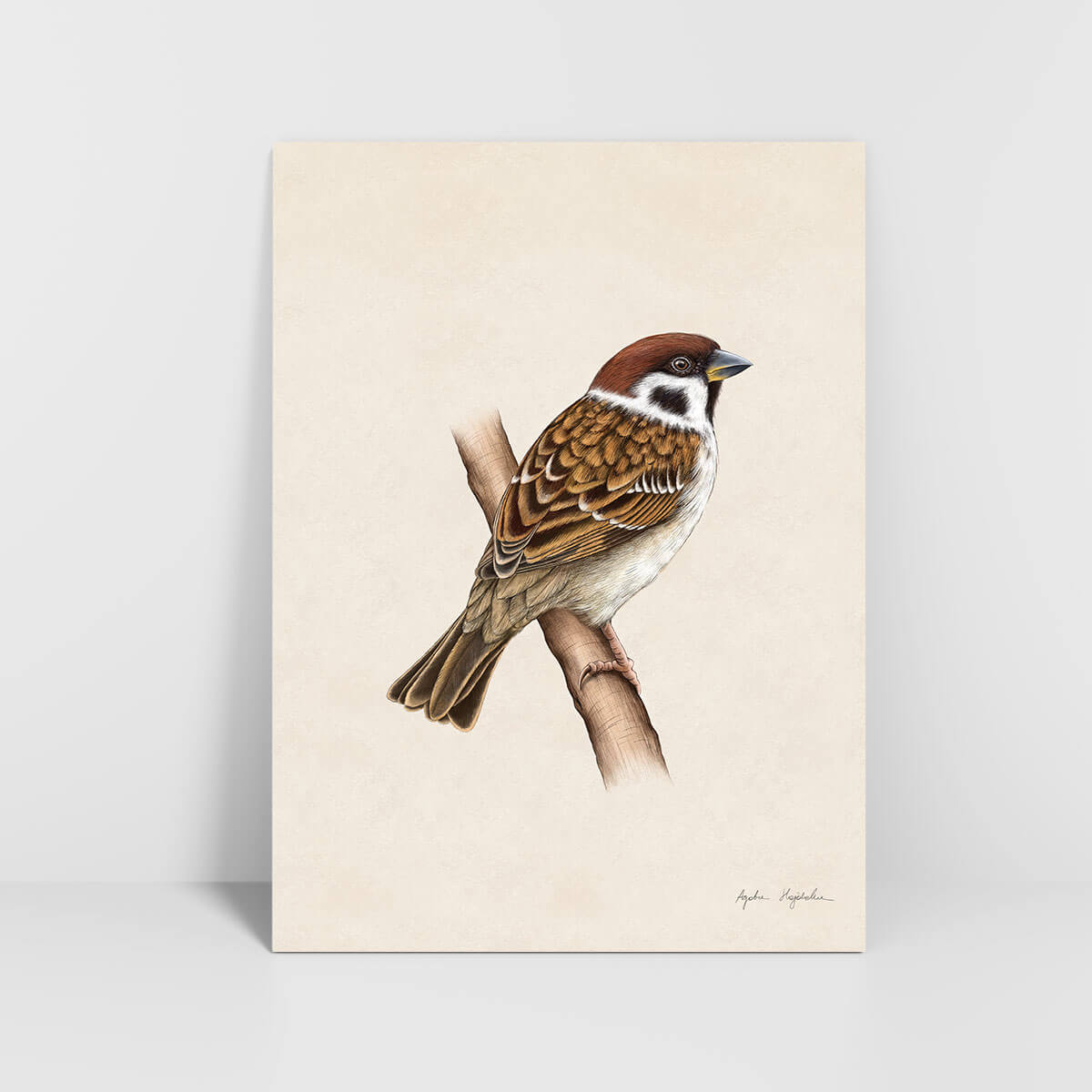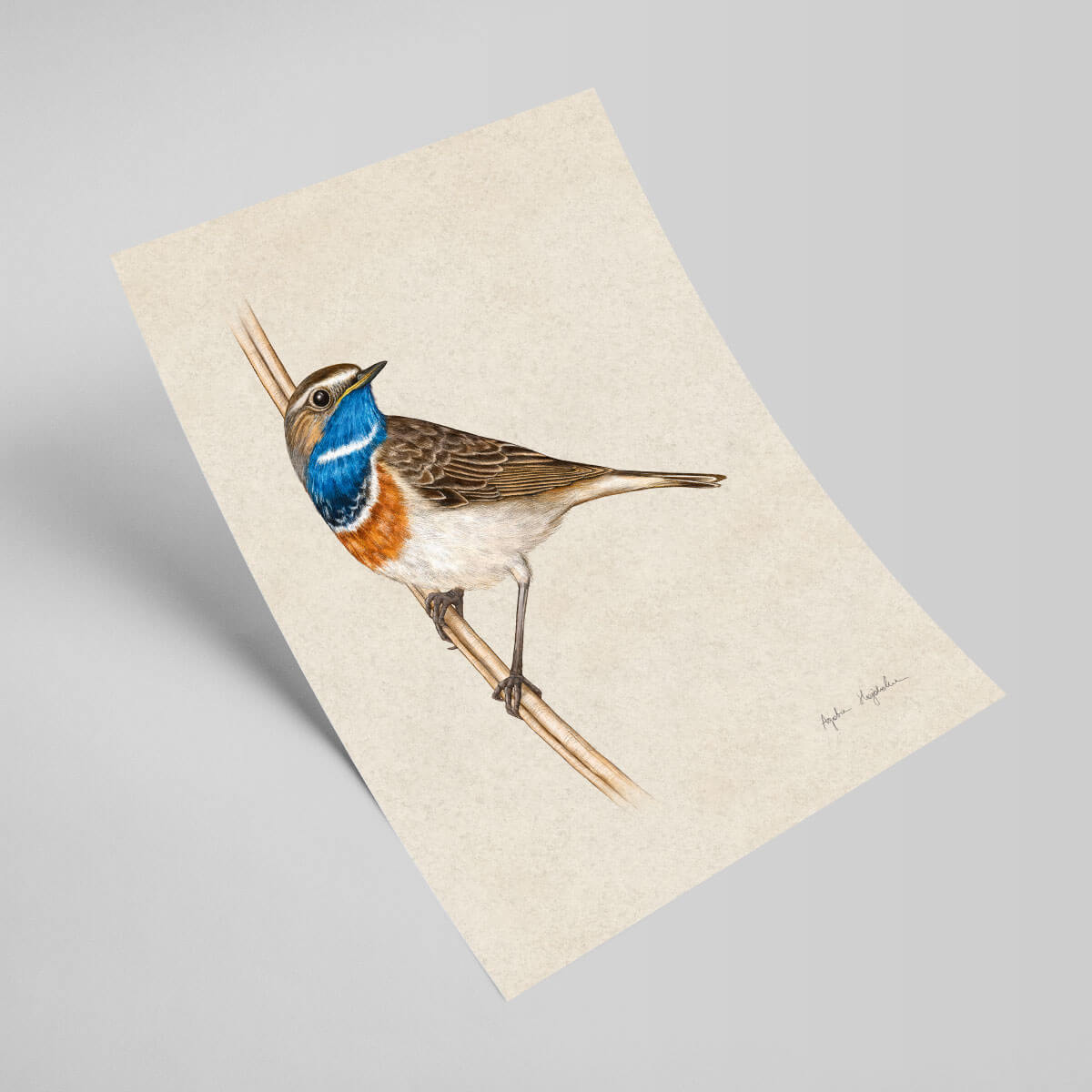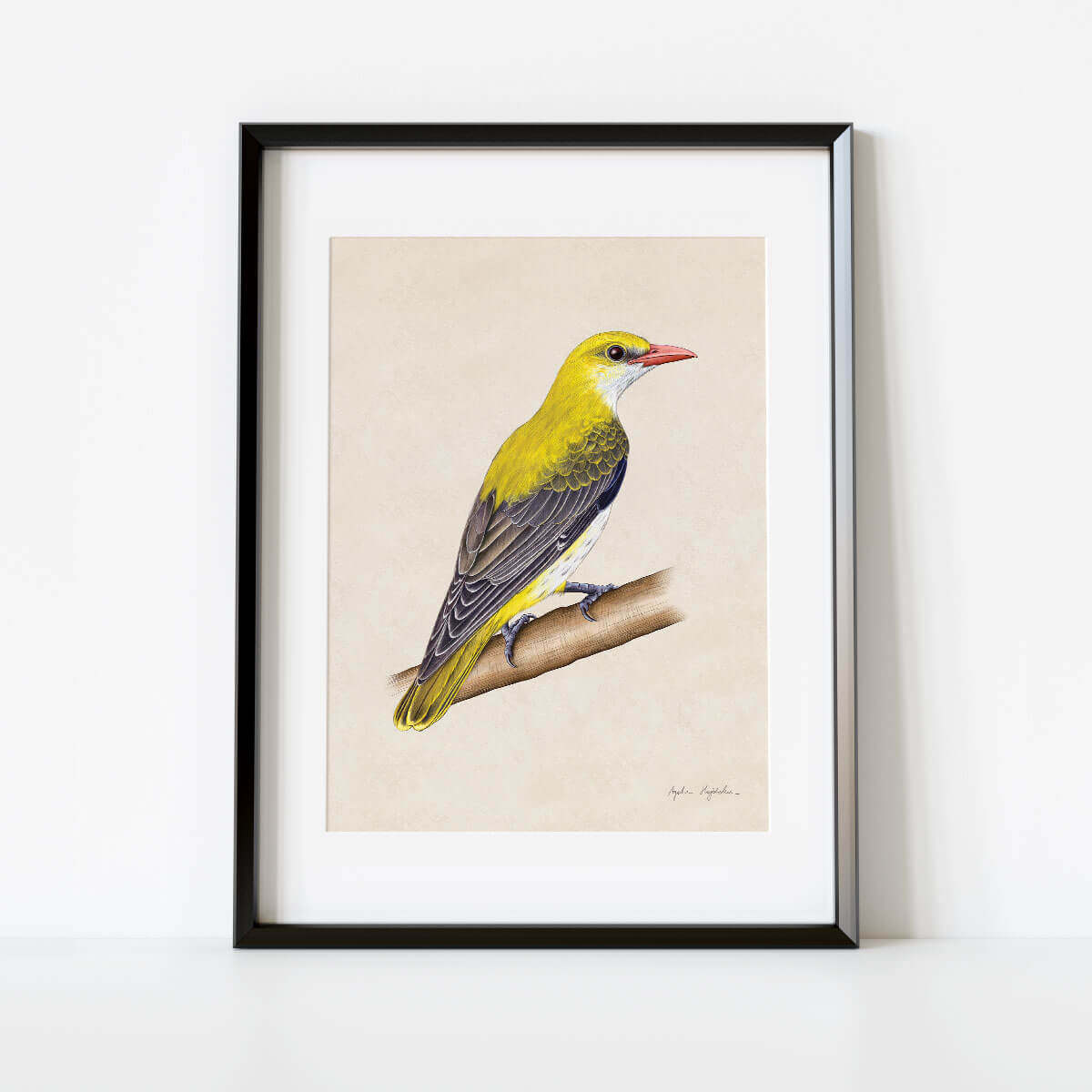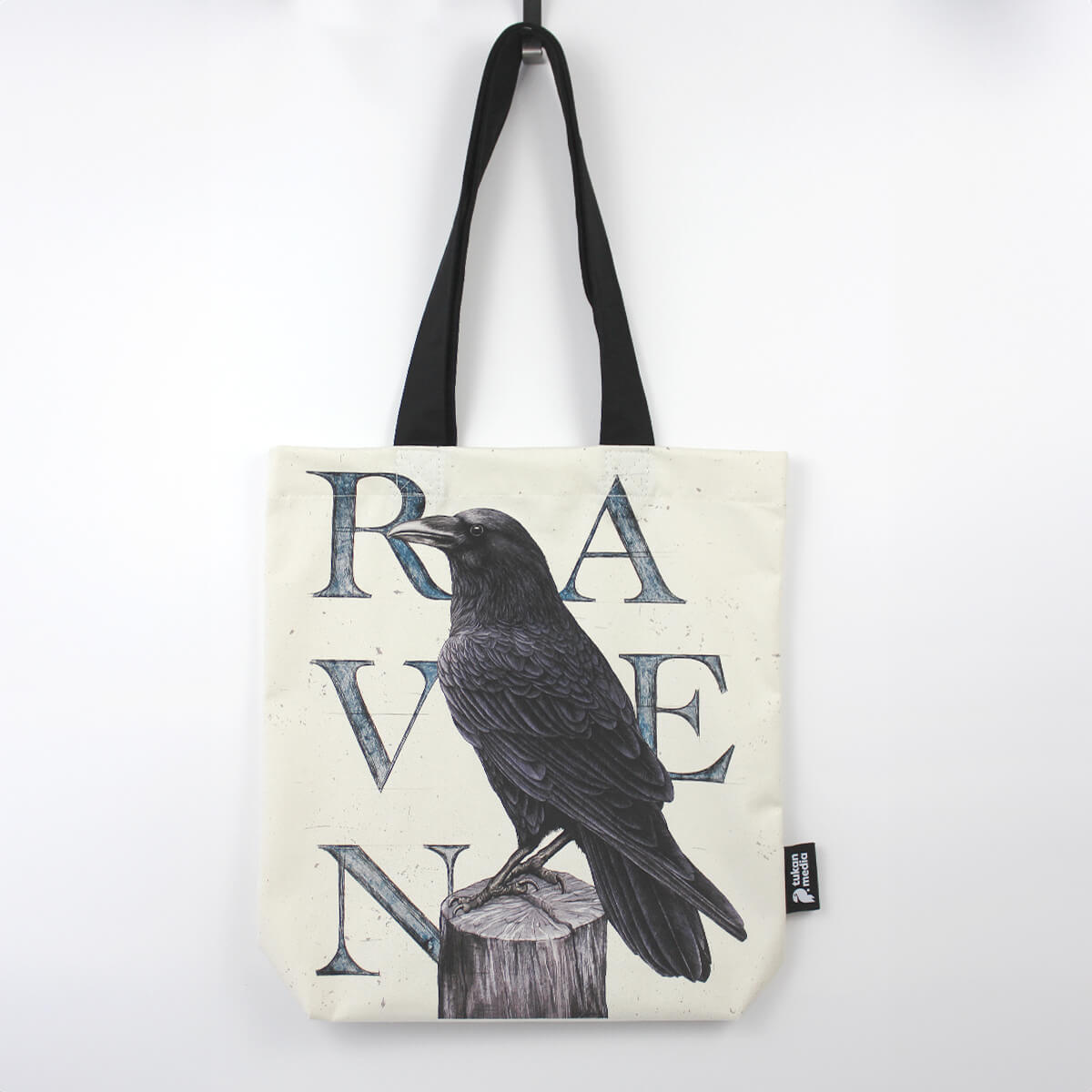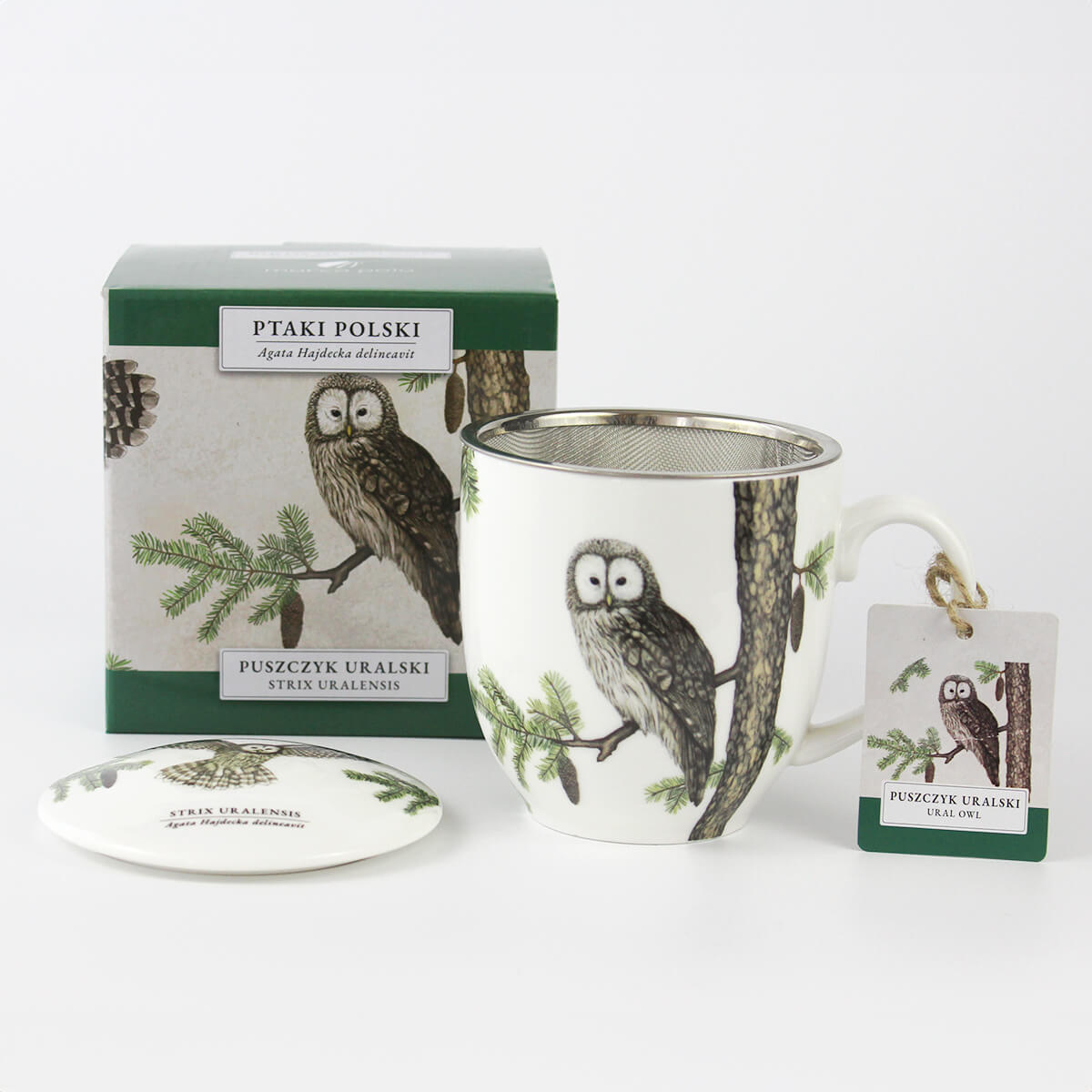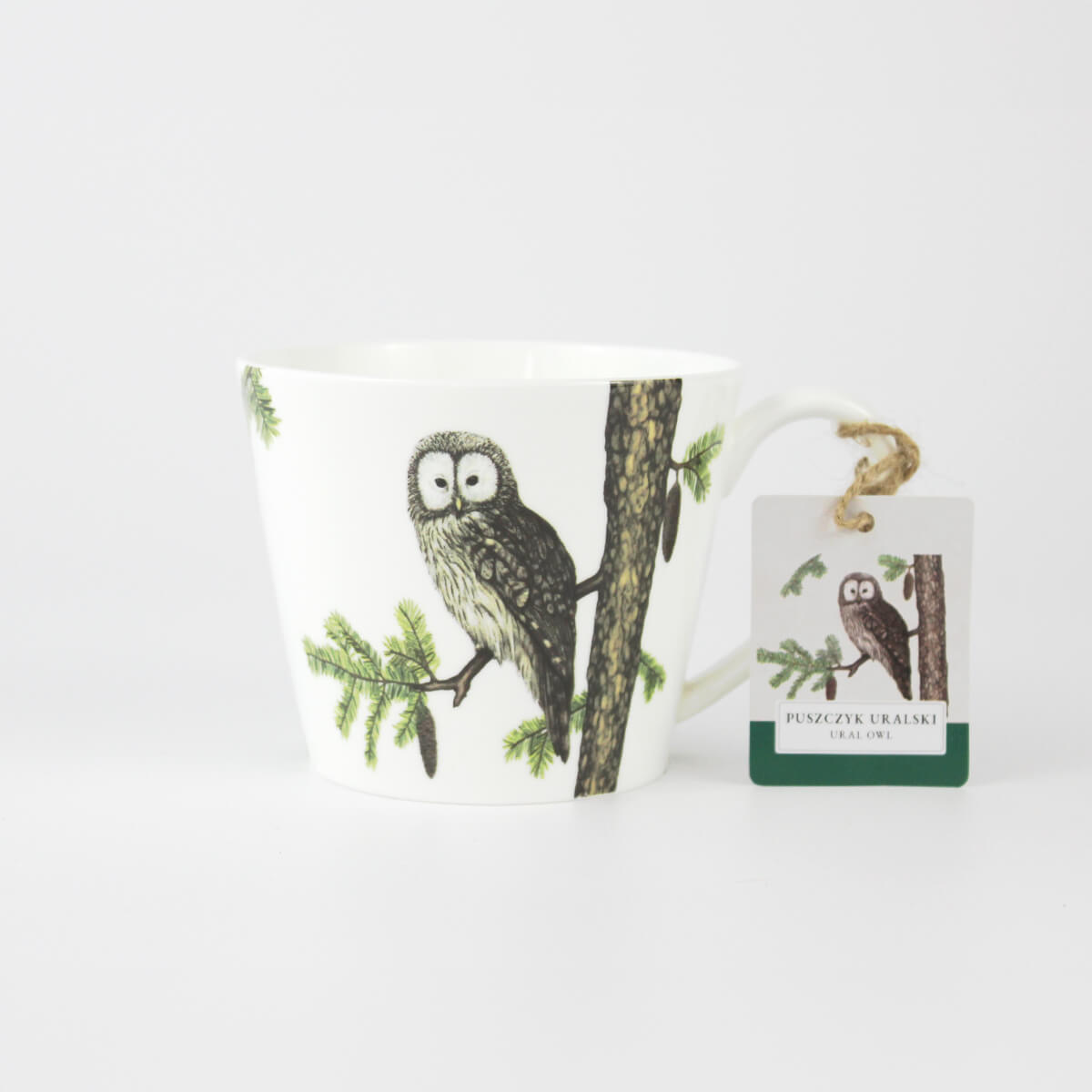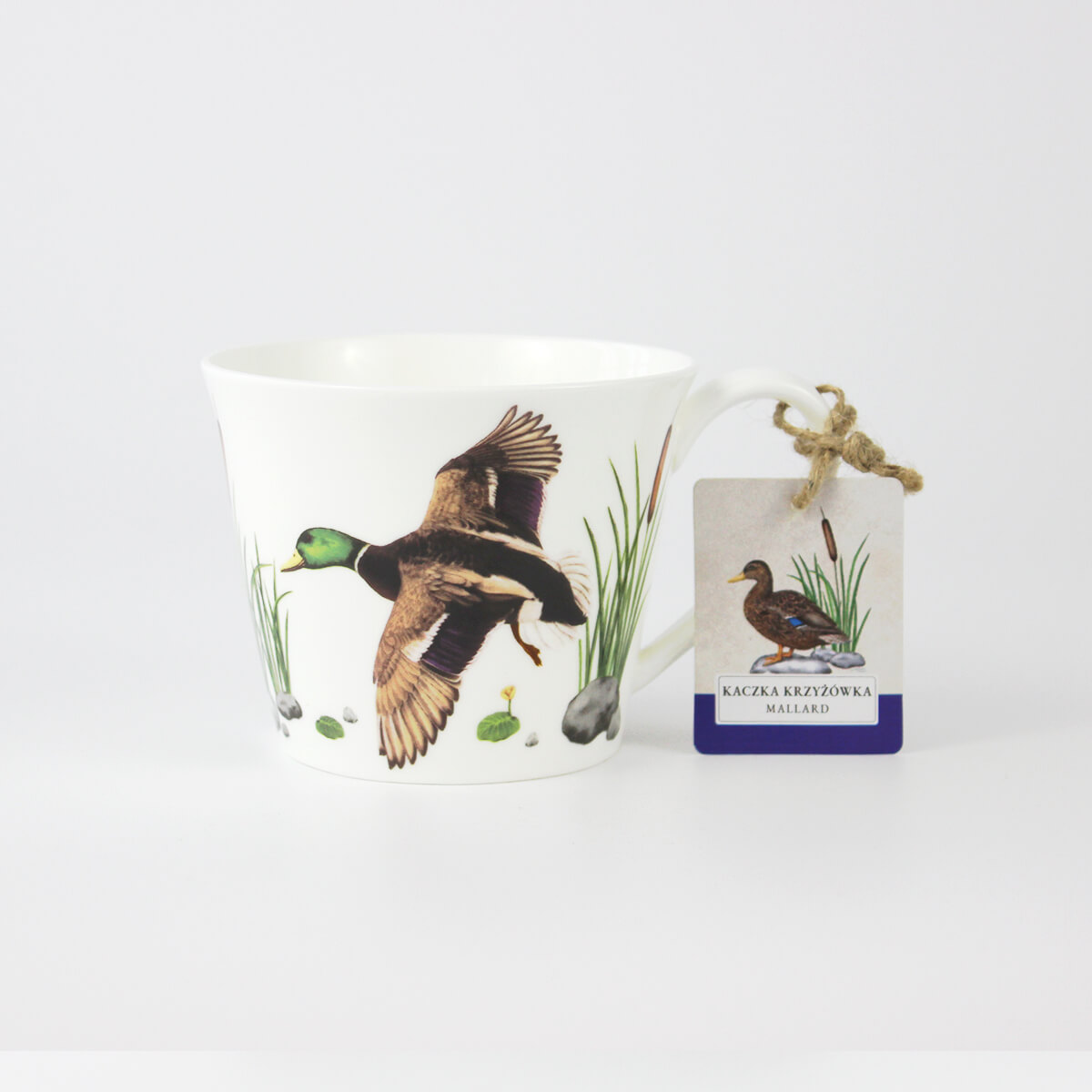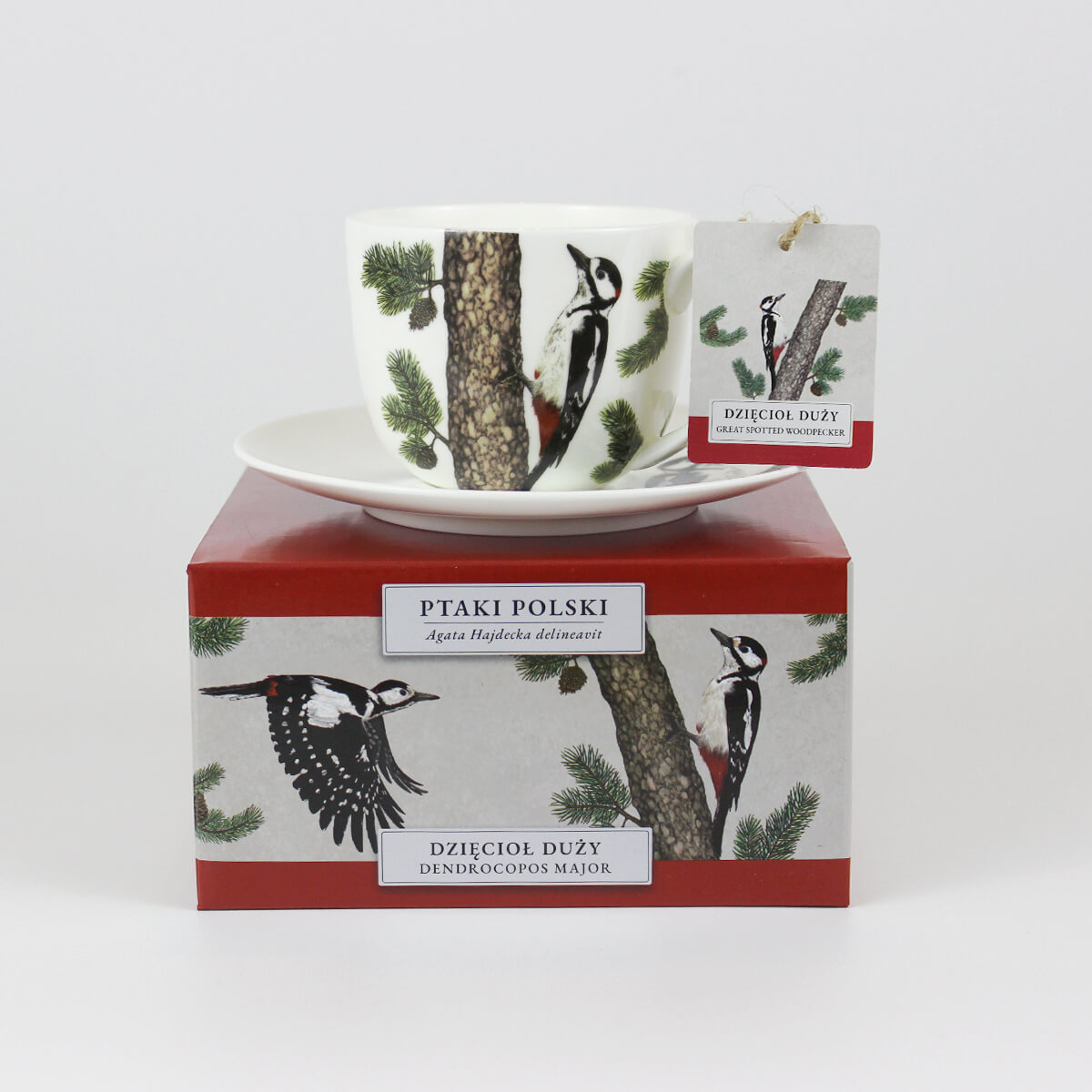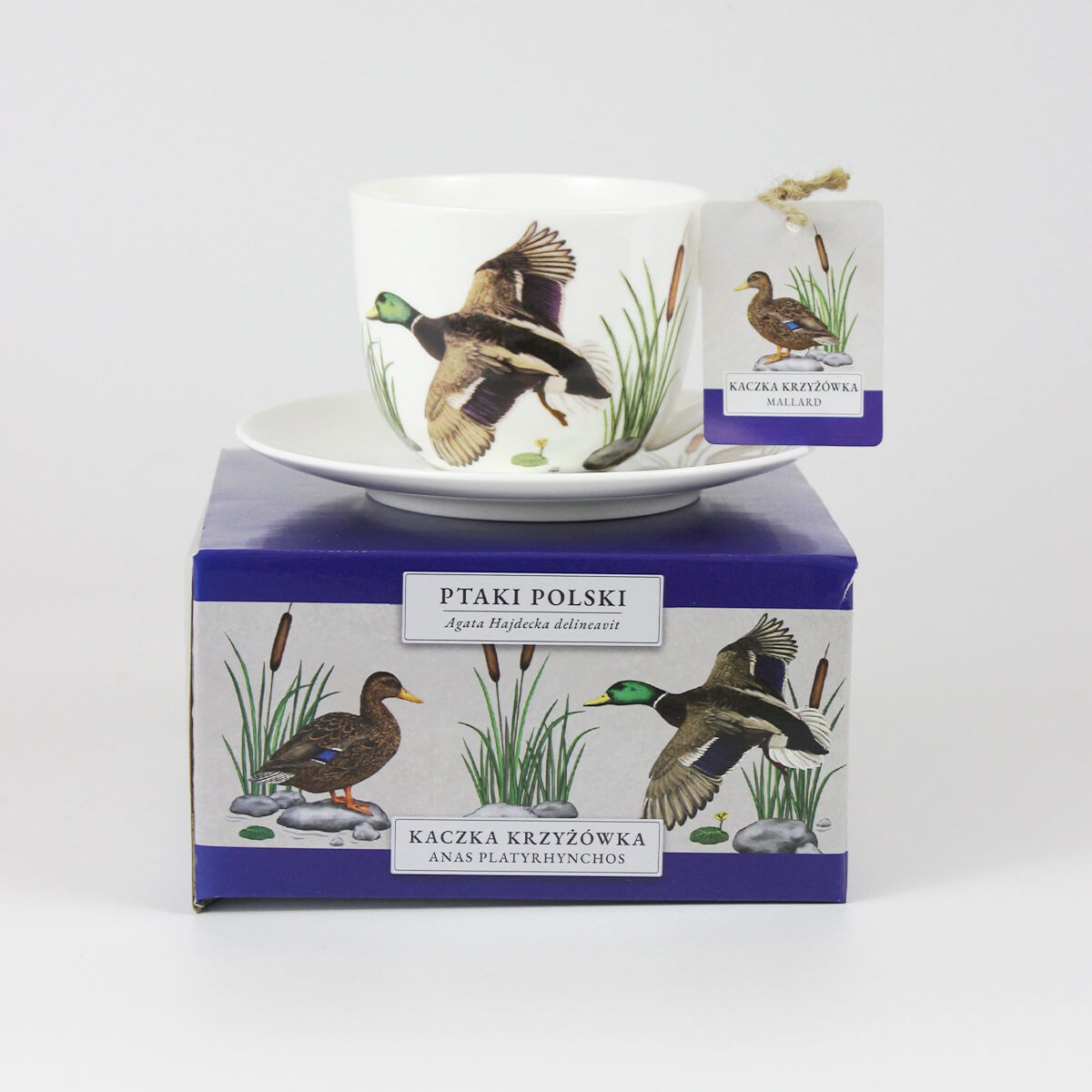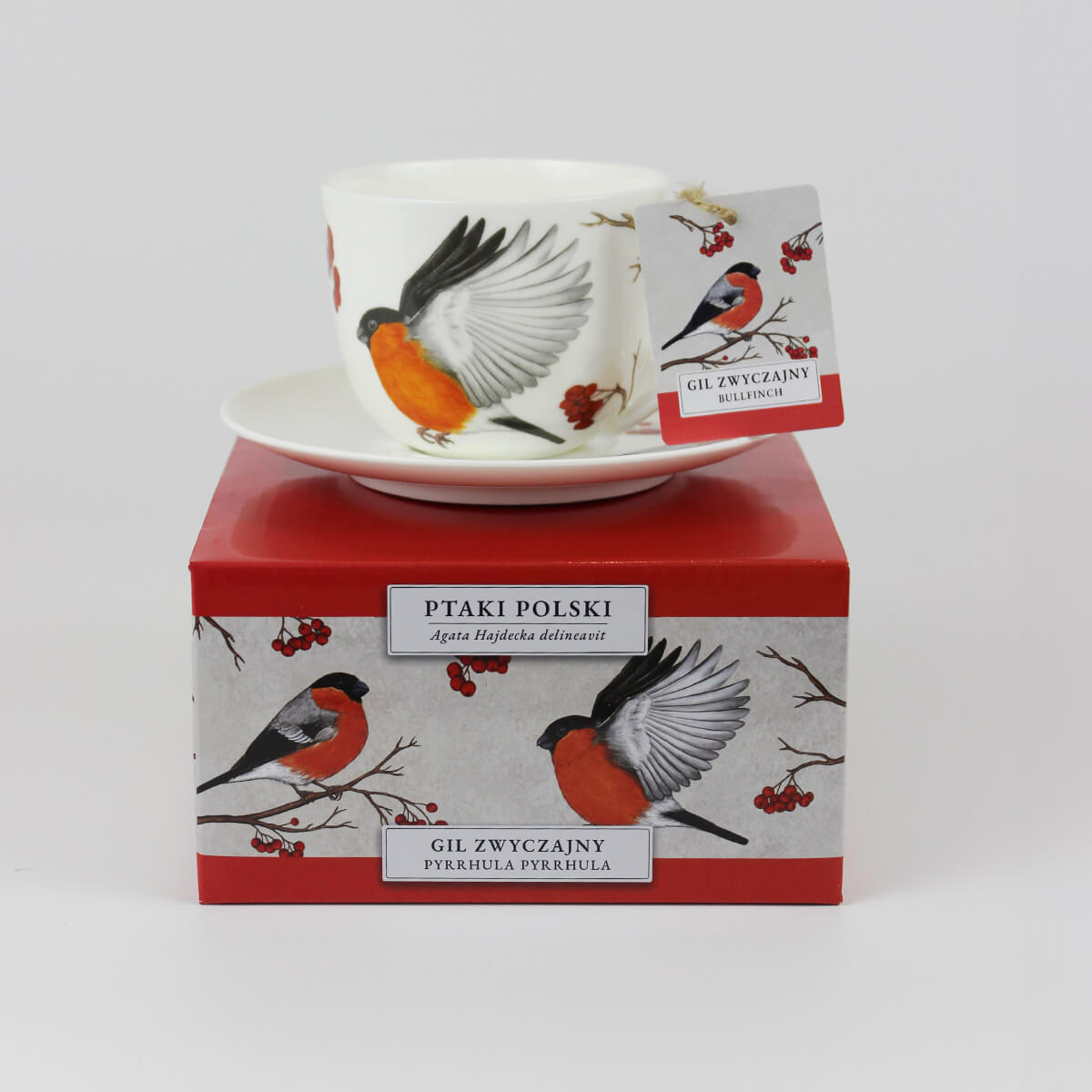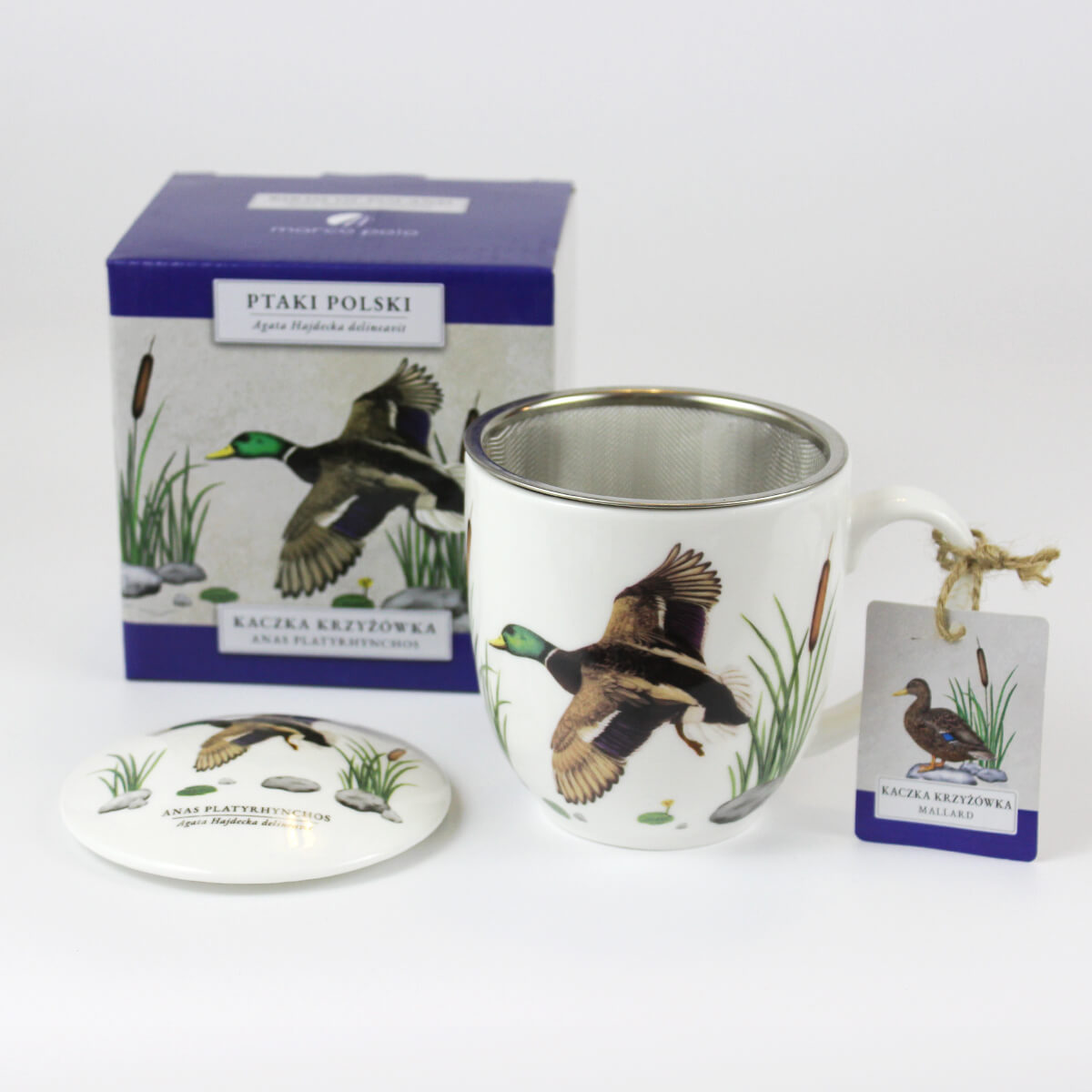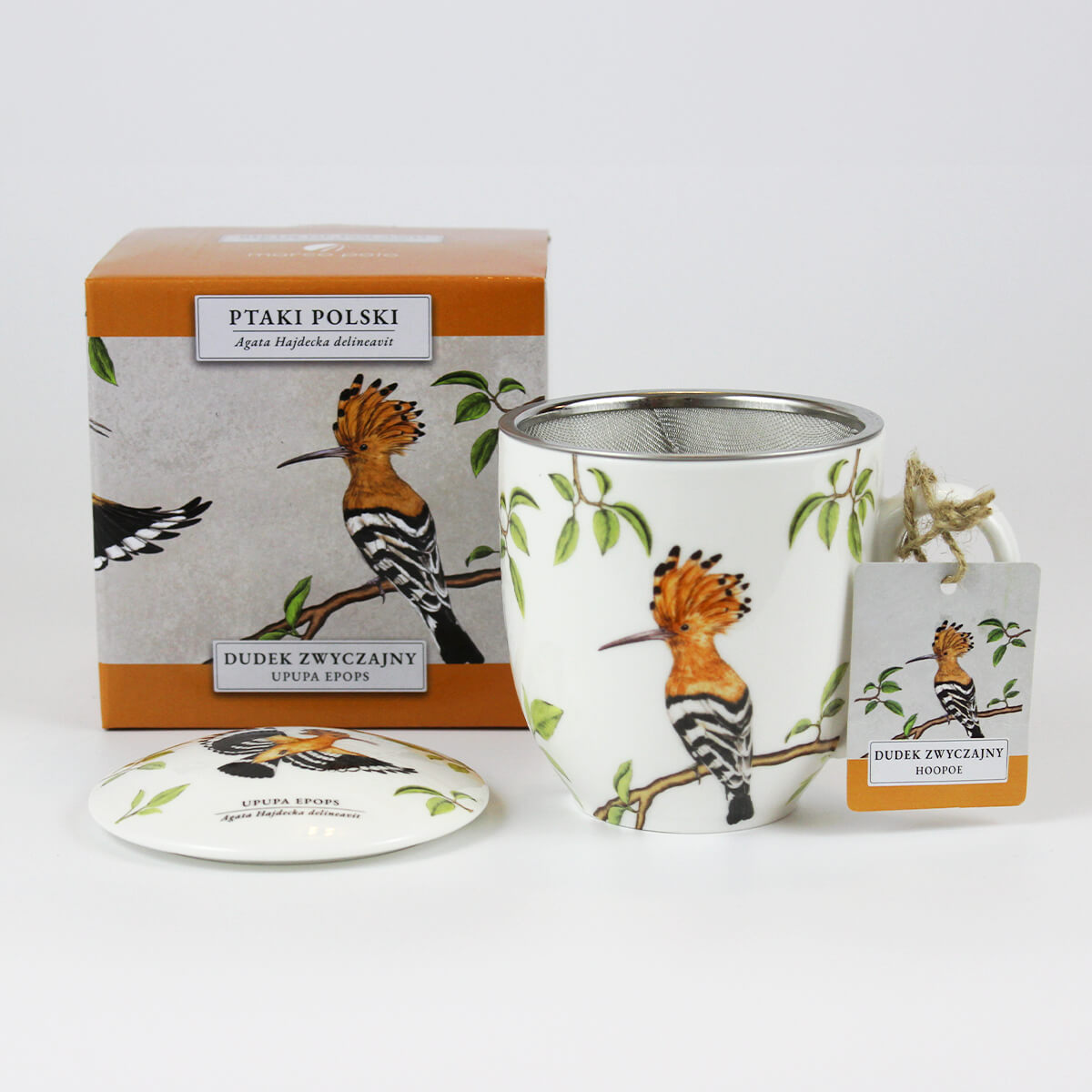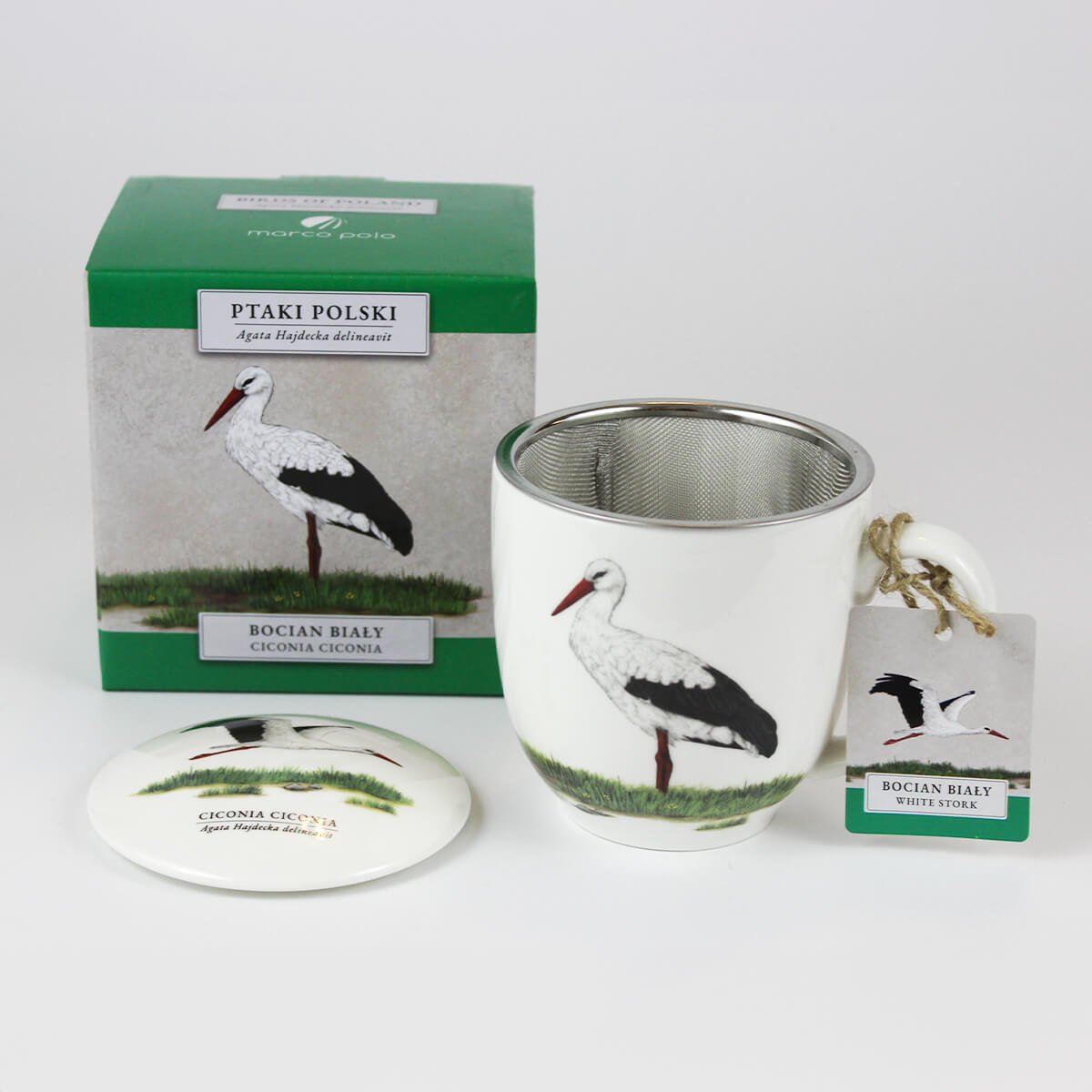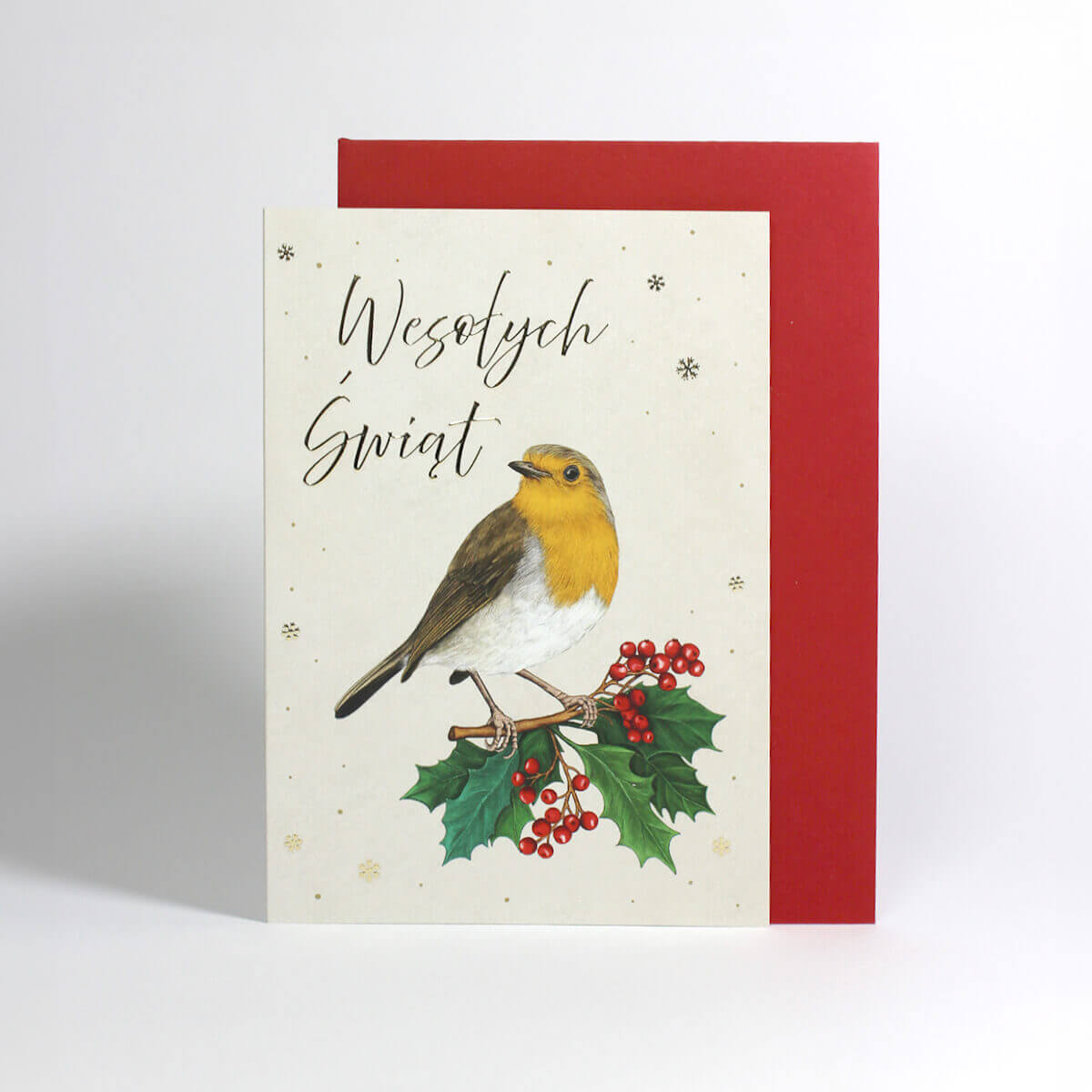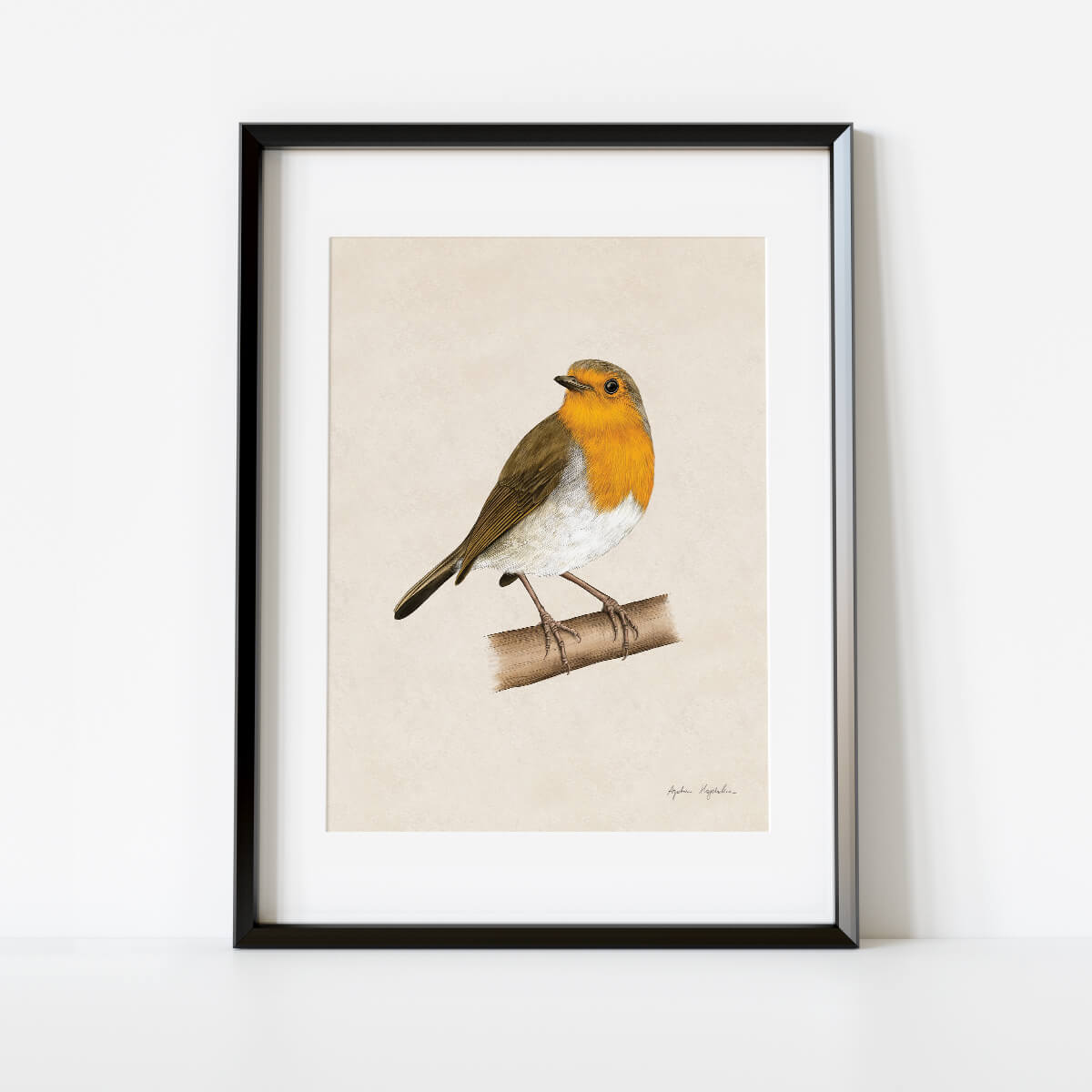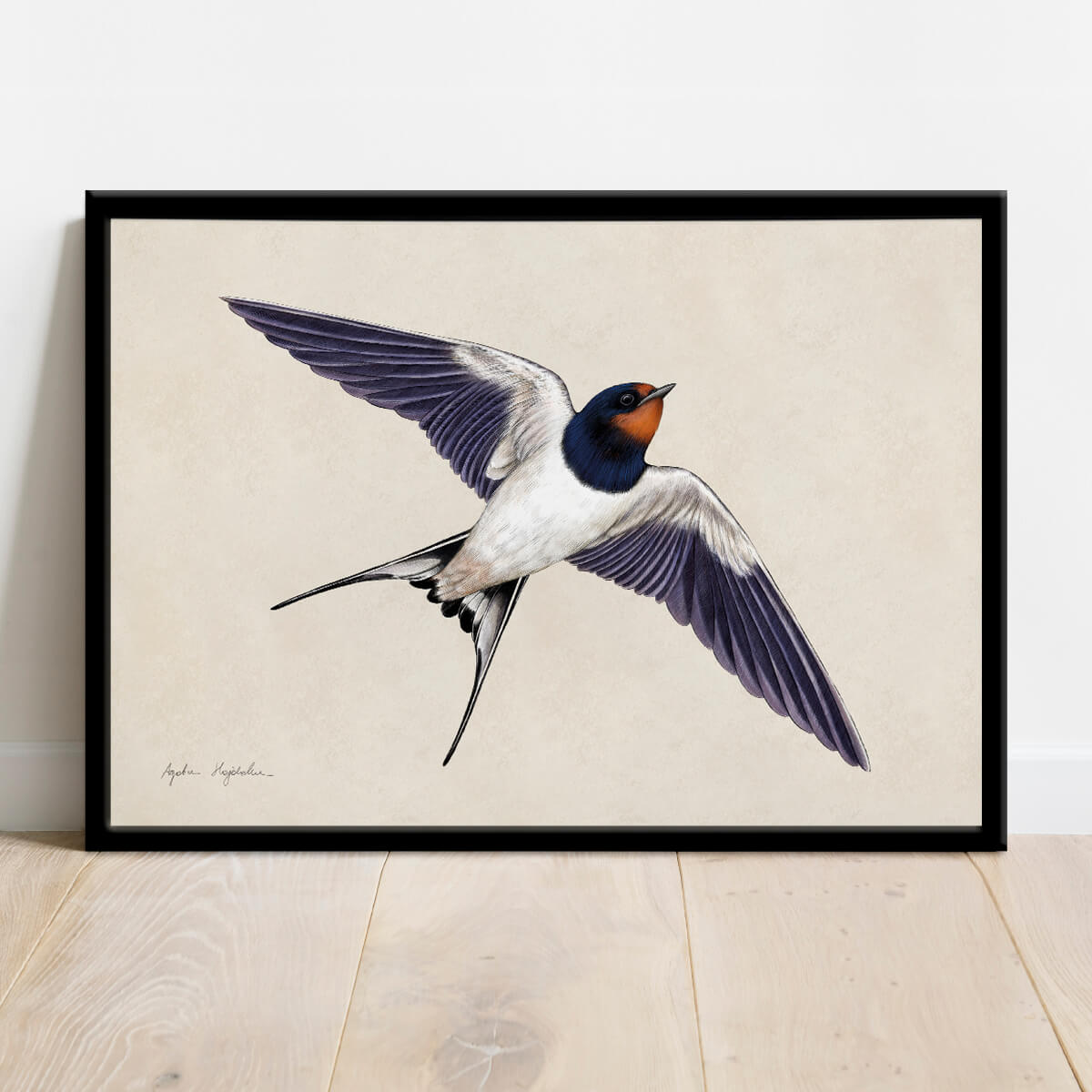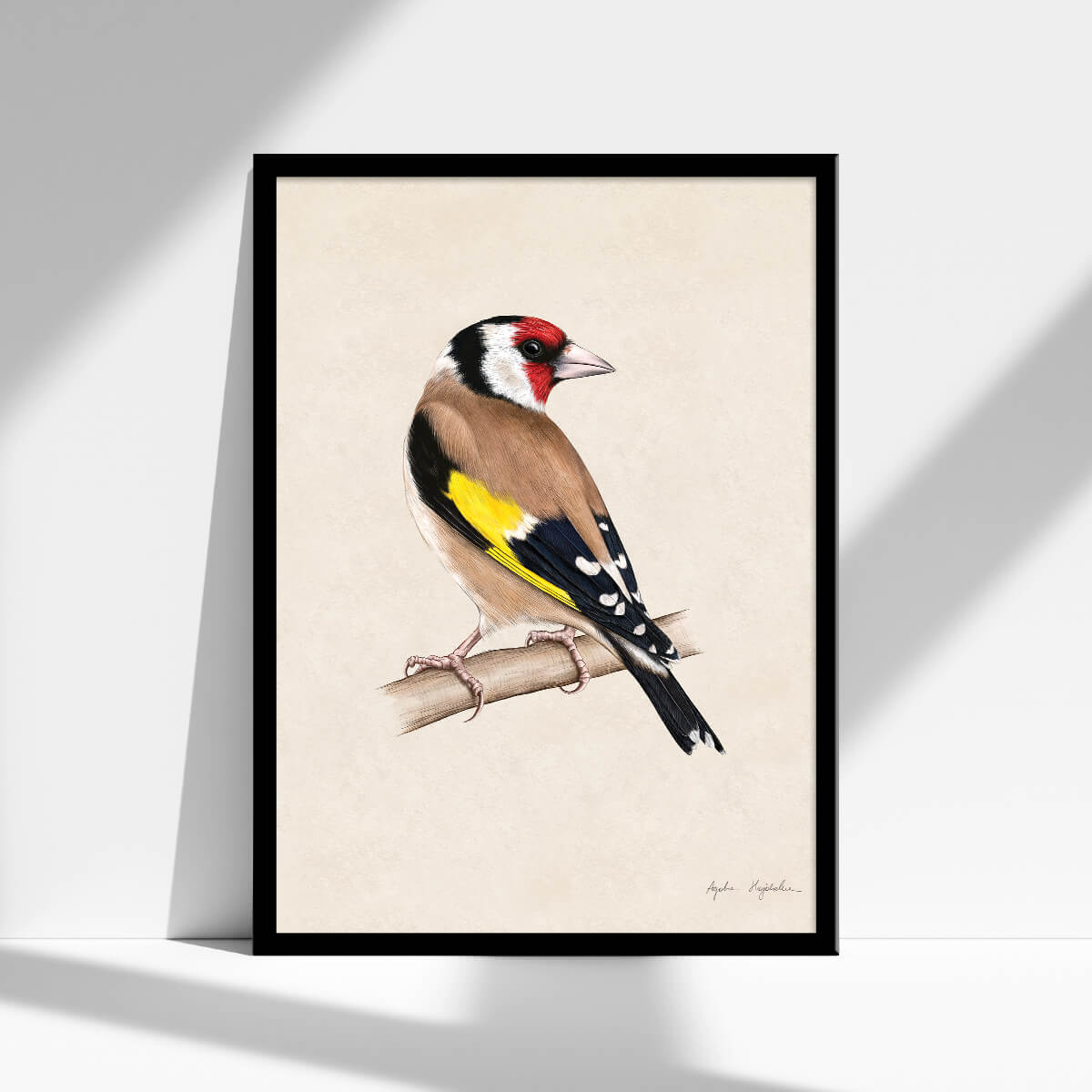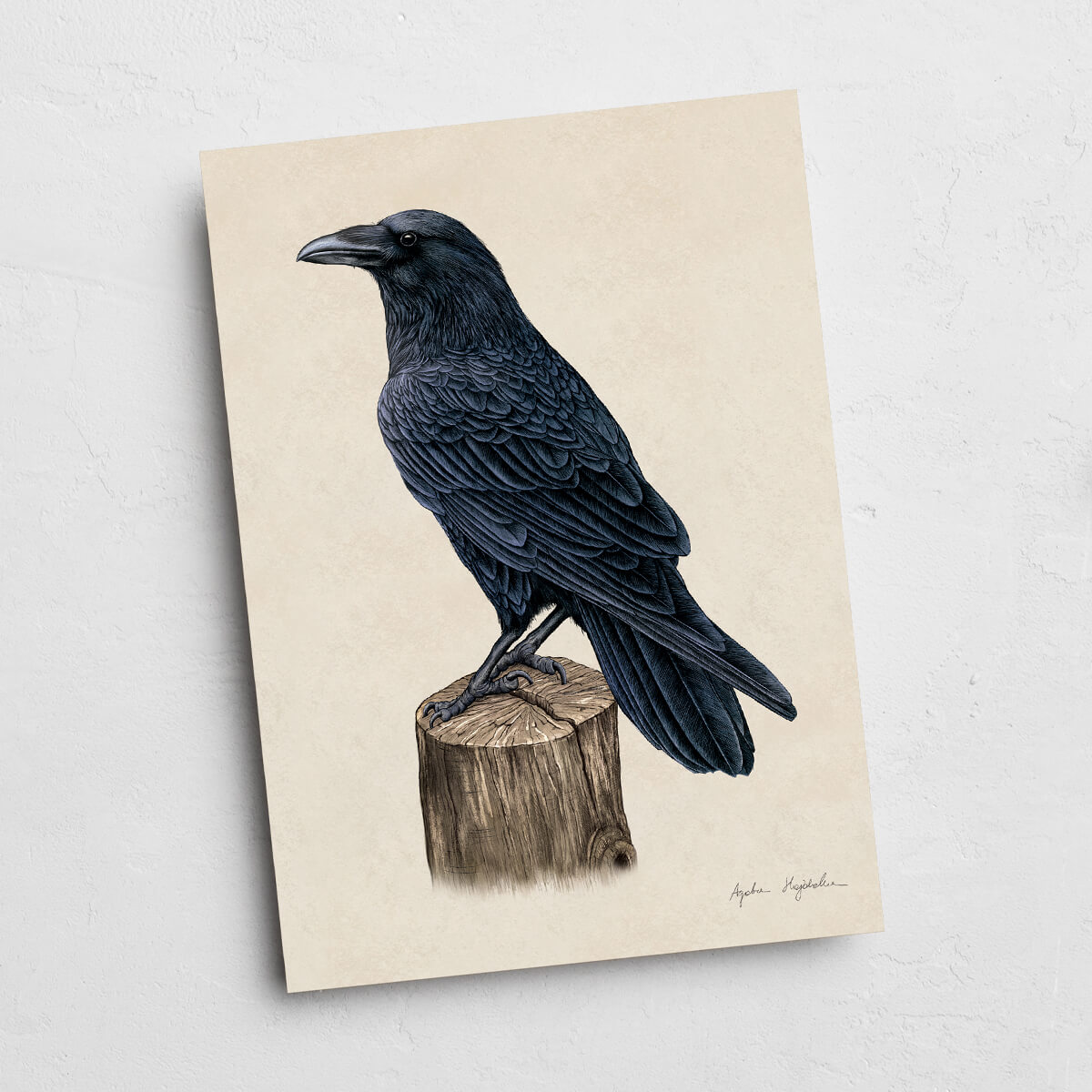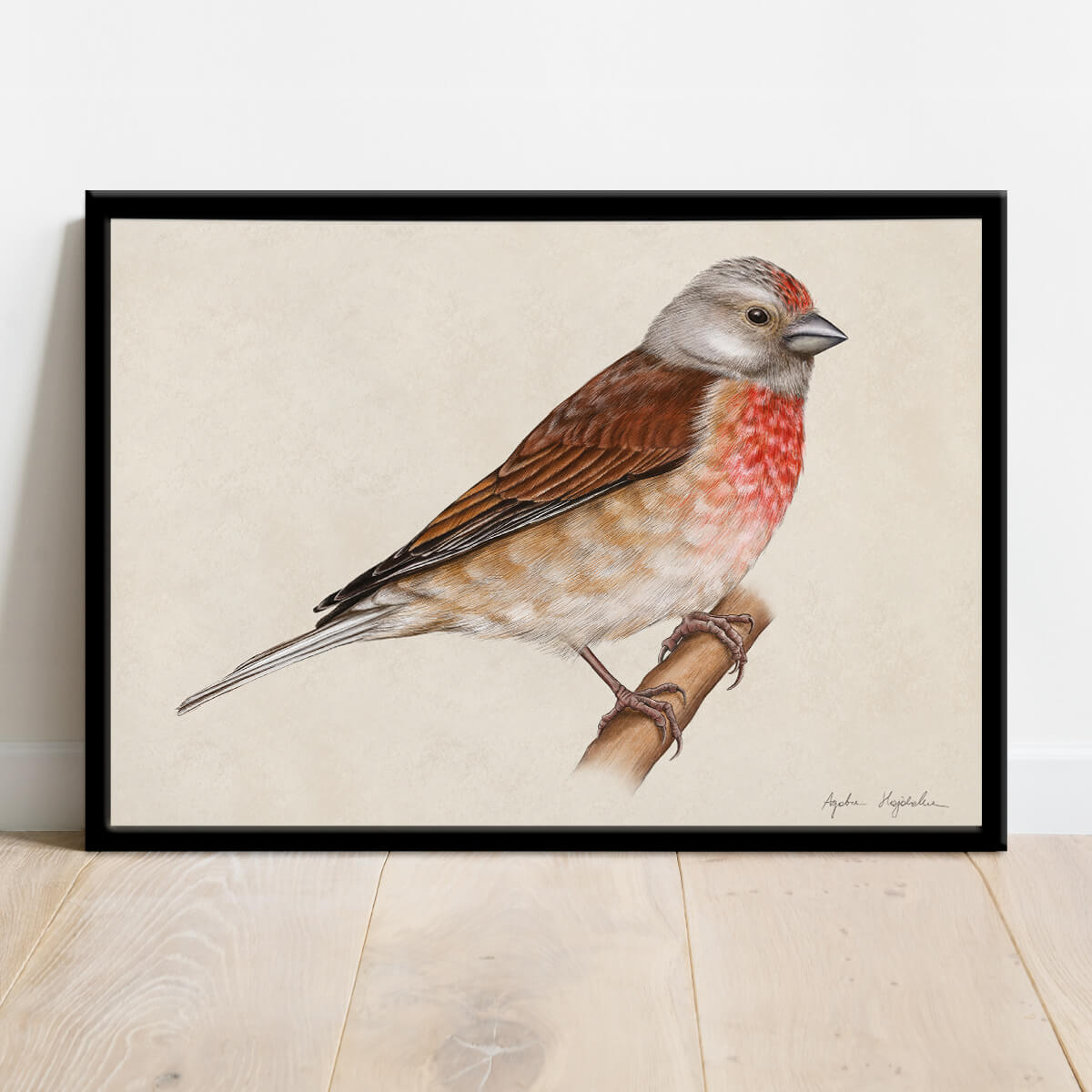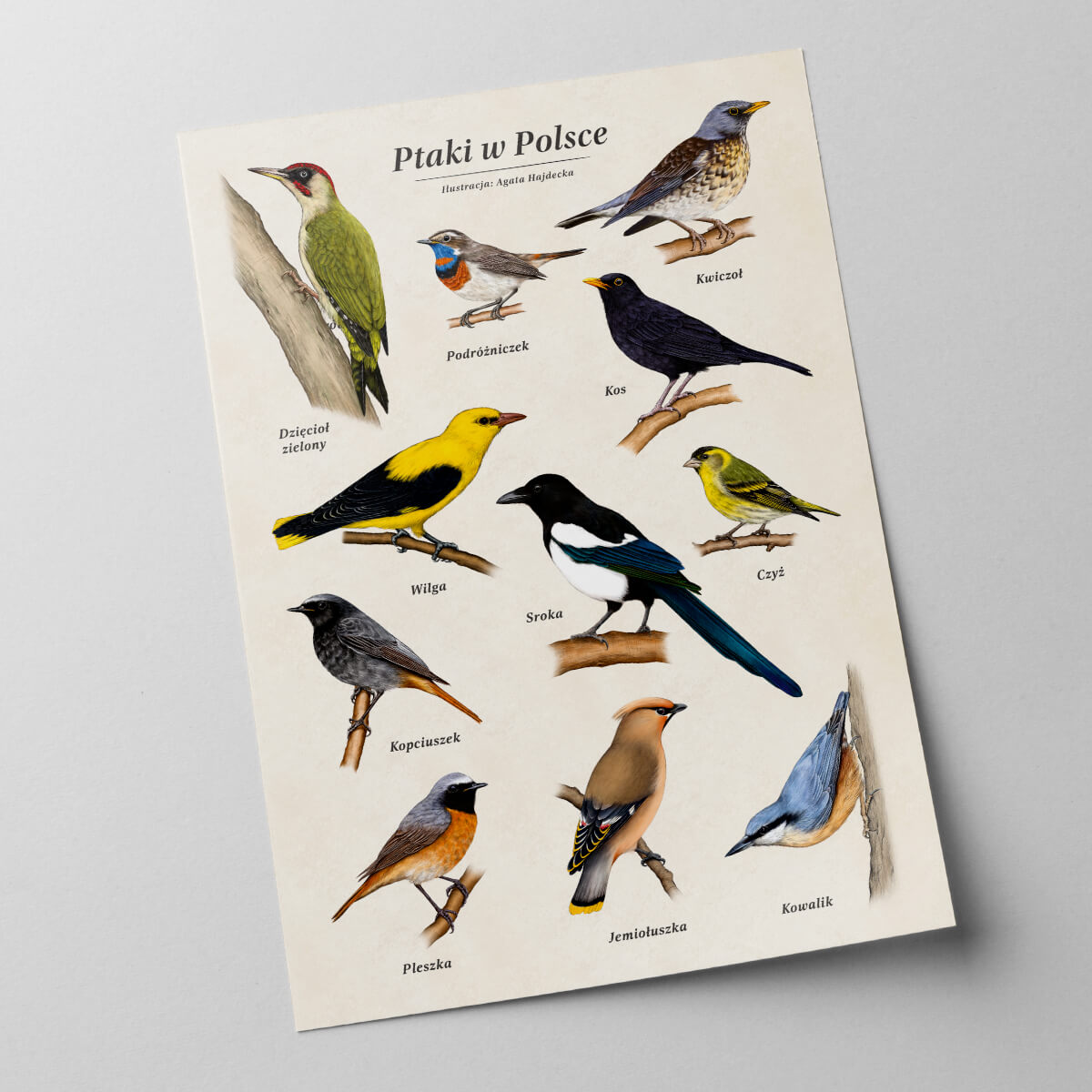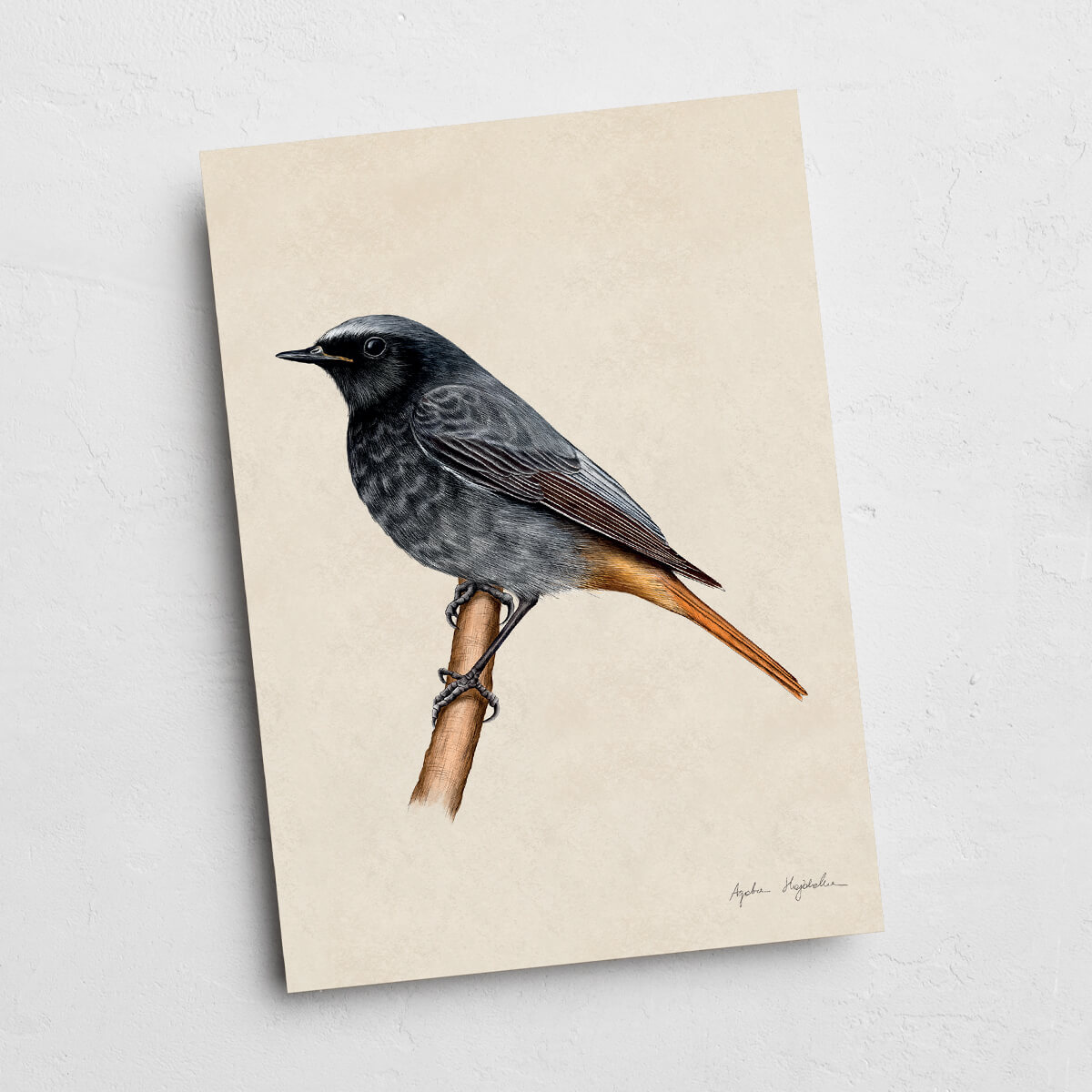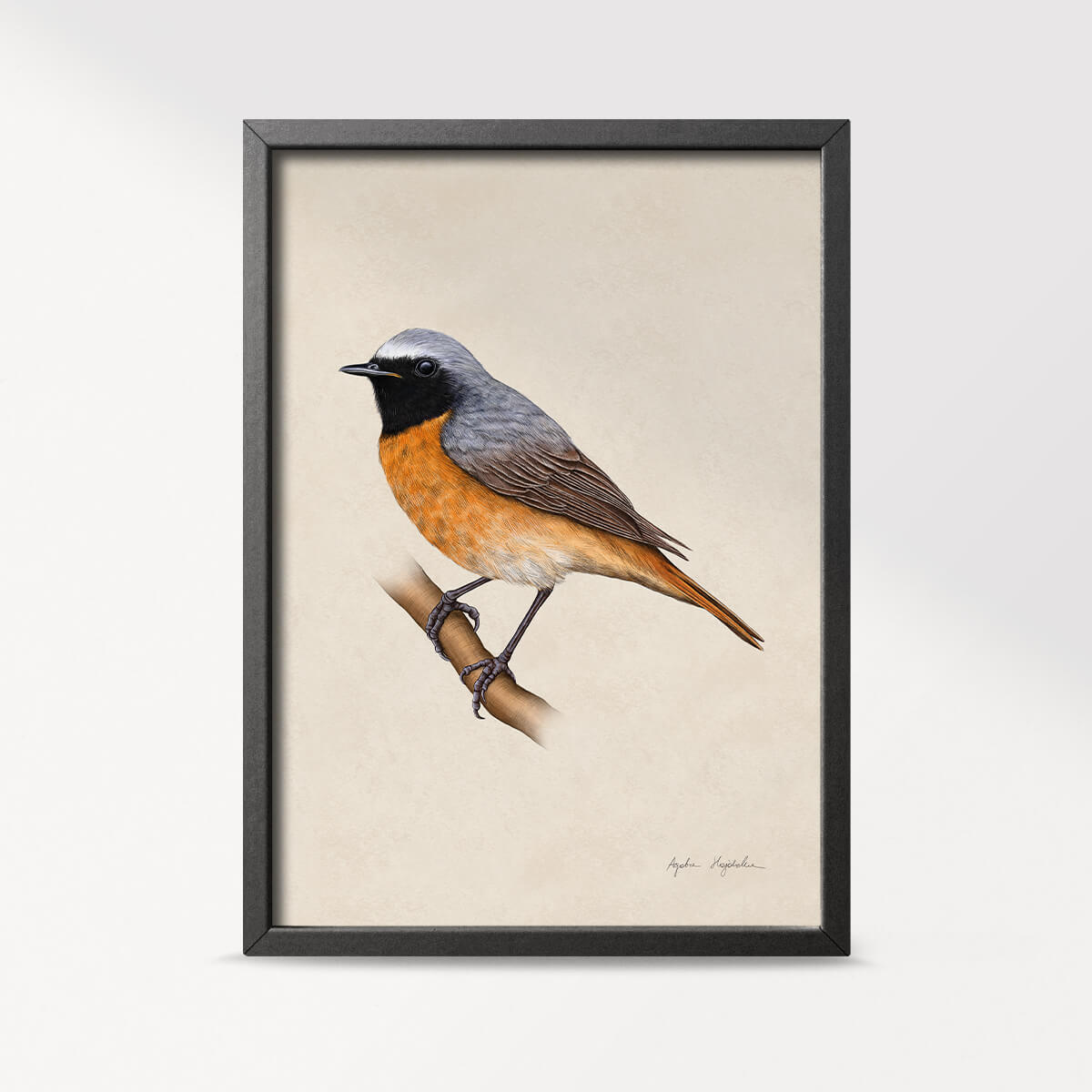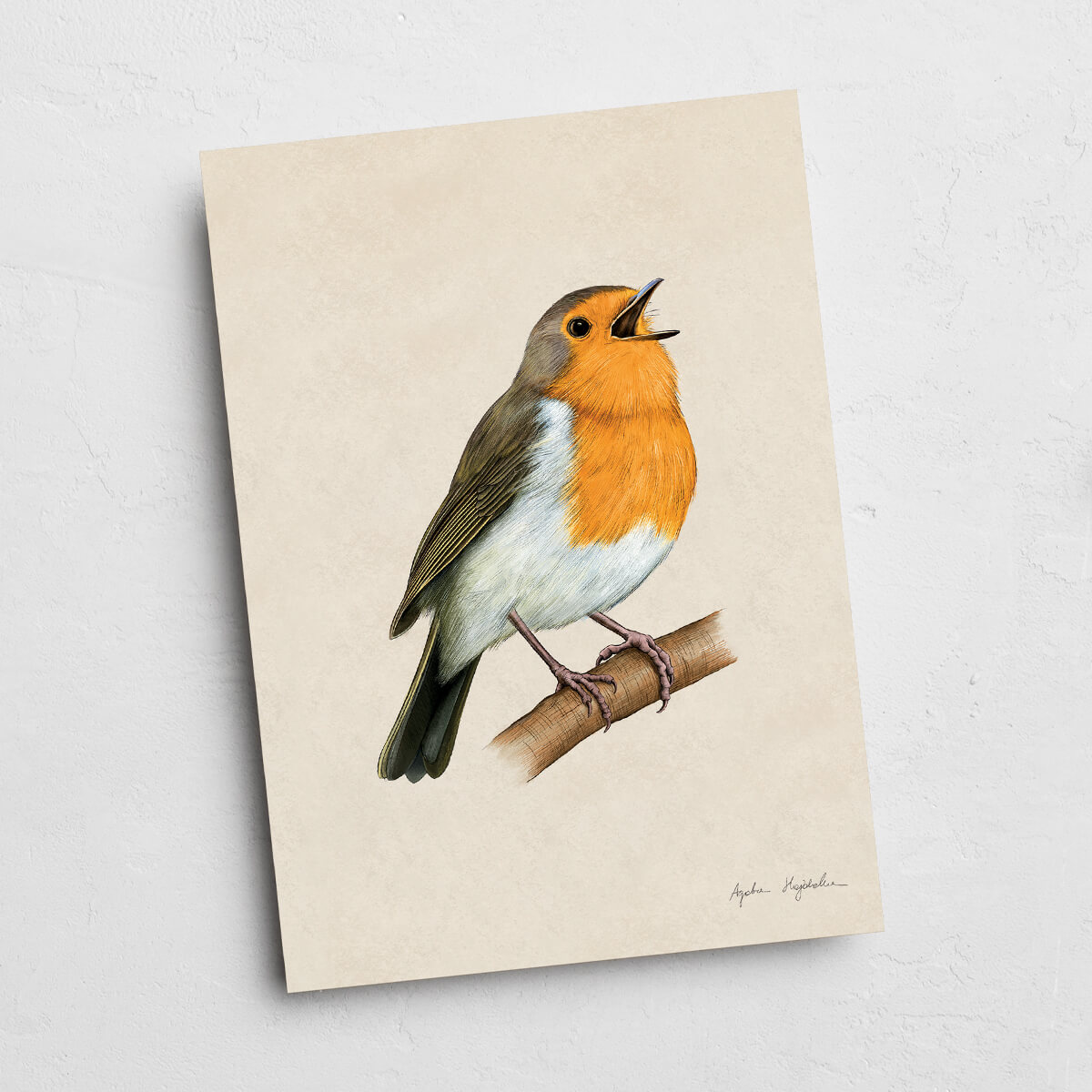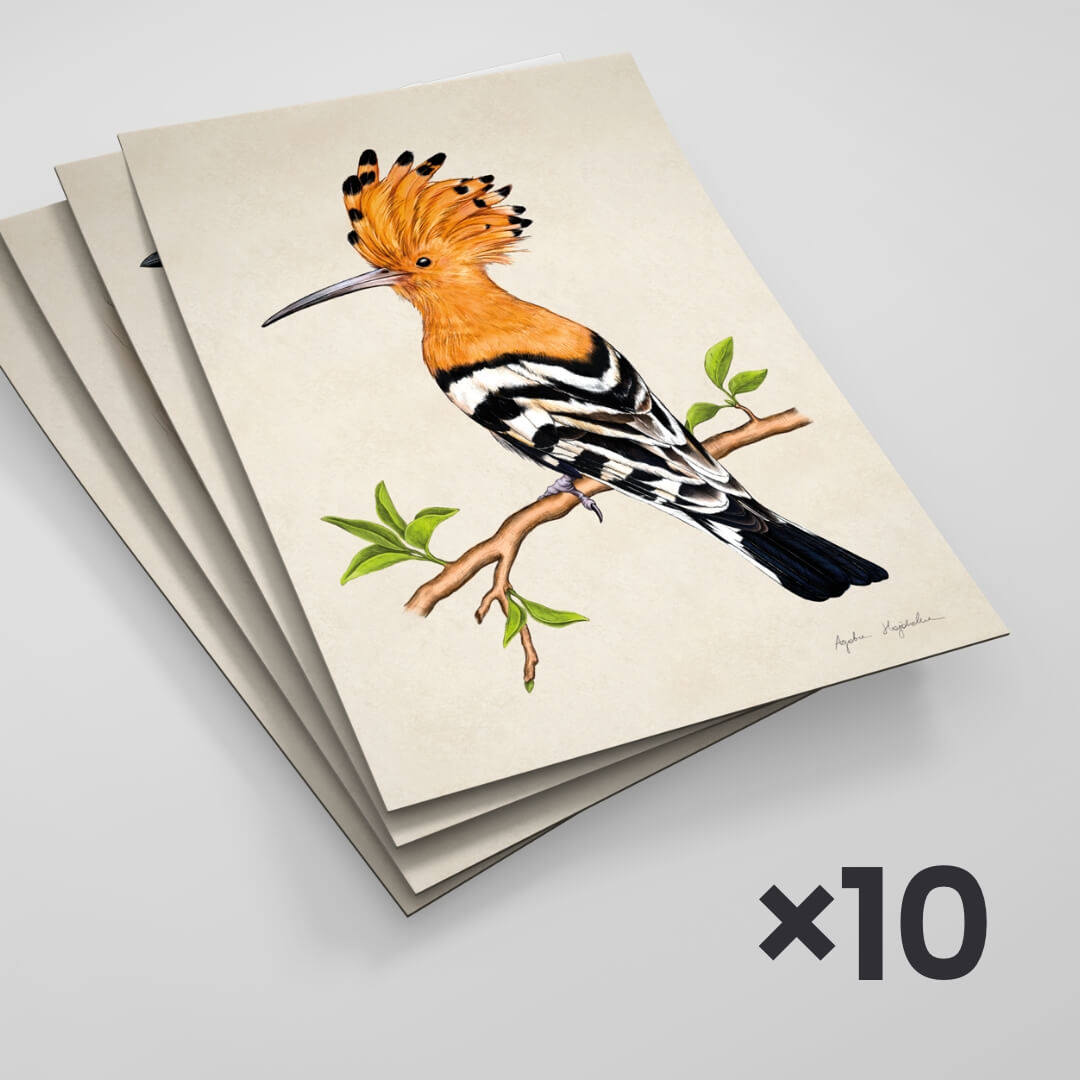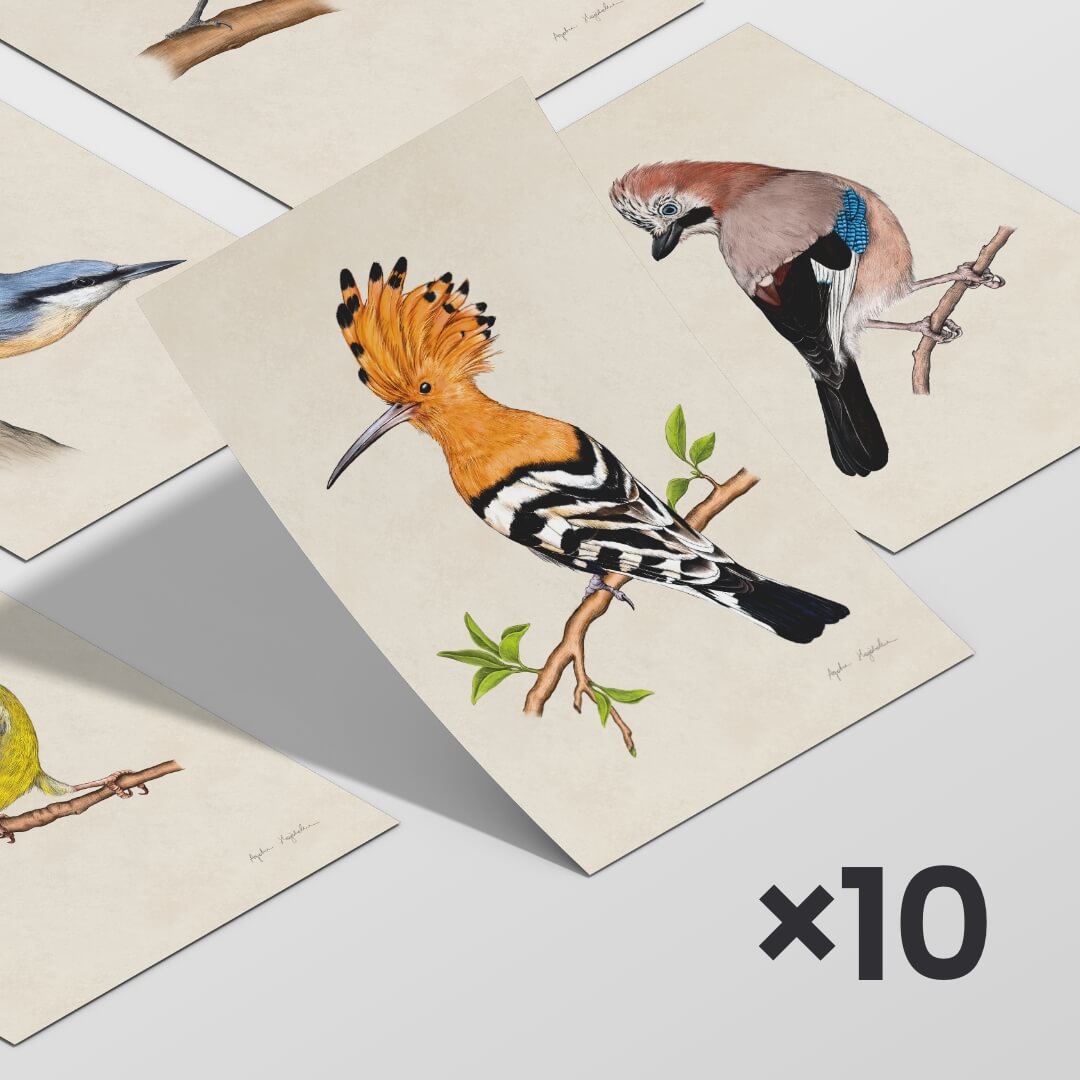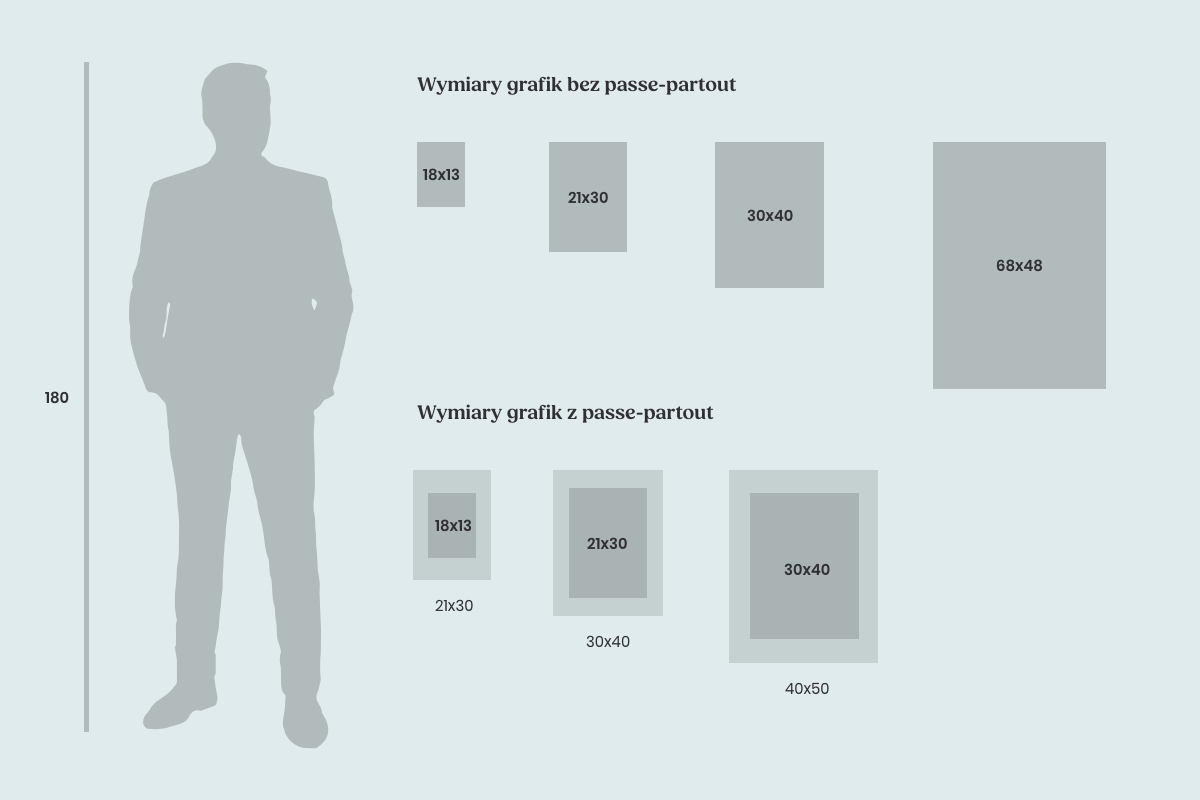- Tukan media
- Explore birds
- Great horned owl
Great horned owl
The "Great horned owl," native to North, Central, and South America, is found in Poland only in zoological gardens and private falconer's aviaries. It is the largest American owl, with a body length of about 60 cm and a wingspan of 150 cm. This bird of prey mainly hunts rodents, small mammals, birds, as well as reptiles and amphibians. Its plumage is grayish-brown with noticeable spots and stripes. The feathered ear tufts and yellow eyes are also easy to spot.
What should you know about this American owl?
The Great horned owl is a monogamous bird that forms pairs for life. It inhabits various types of forests, agricultural areas, and open spaces - meadows, steppes, semi-deserts, as well as wetlands and mountainous regions. It settles in nests of other birds or on rocky ledges, abandoned buildings, or tree cavities. The female lays 2-3 eggs, which she incubates for over a month - during this time, the male provides her with food. The chicks leave the nest after two months. Great horned owls primarily hunt at night, and it's during this time that you can hear their distinctive hooting.
Great horned owl - interesting facts. You definitely didn't know this!
Great Horned Owl - in Poland is not very well-known and can only be encountered in zoos or during falconry displays. However, as the largest American owl, it has become the subject of observation by ornithologists, from whom you can learn a few interesting facts:
- the talons of this predator are incredibly strong, and when they are clenched, immense power is required to open them. Thanks to this strength, they can break the spine of a large prey,
- american crows are among the birds most vulnerable to the attack of the Great Horned Owl. Because of this, they gather in large groups and caw, harassing their pursuer in this way,
- the body of the Great Horned Owl is covered with soft feathers – they not only protect it from the cold but also enable incredibly silent, almost noiseless hunting,
- the wings of this horned owl are broad and short, which facilitates maneuvering through trees,
- great horned owls have excellent night vision – thanks to their widely dilating pupils in the darkness and a high number of rods in their retinas,
- while they cannot move their eyes in their sockets, nature compensated for this by granting them the ability to rotate their head more than 180 degrees.
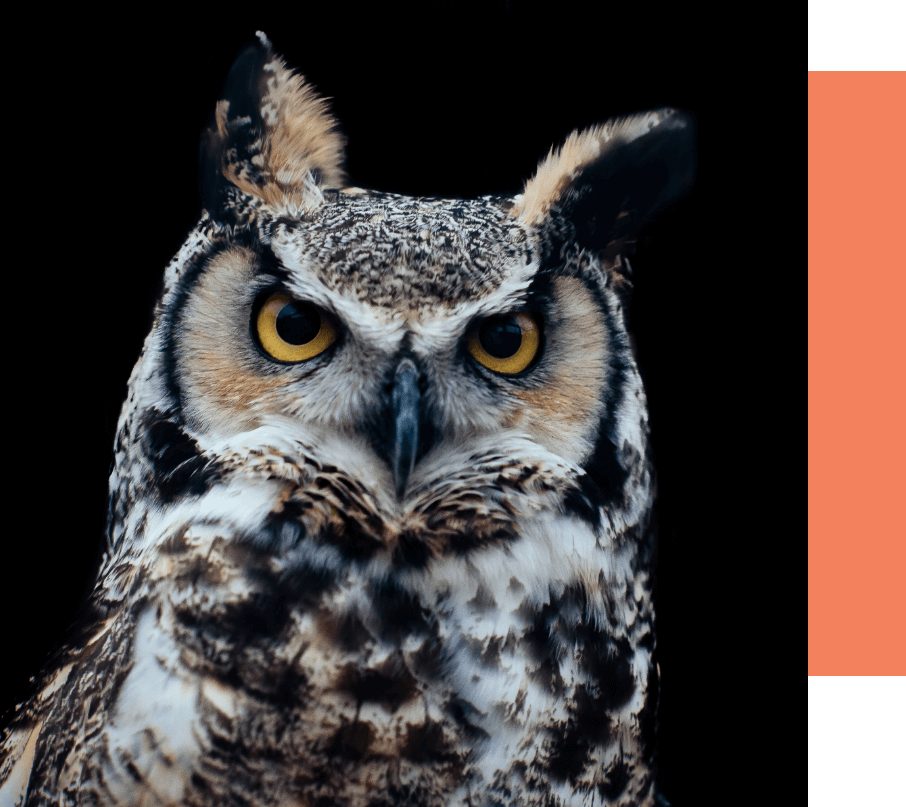
Listen to the voice
Products with the illustration of the Great Horned Owl
In my collection of illustrations, you will find gadgets featuring the image of the Great Horned Owl, which will make an excellent gift for ornithologists, nature enthusiasts, and lovers of owl nature.
View products with the Great Horned Owl
160.00 zł – 320.00 zł
20.00 zł – 120.00 zł
Great horned owl - additional information
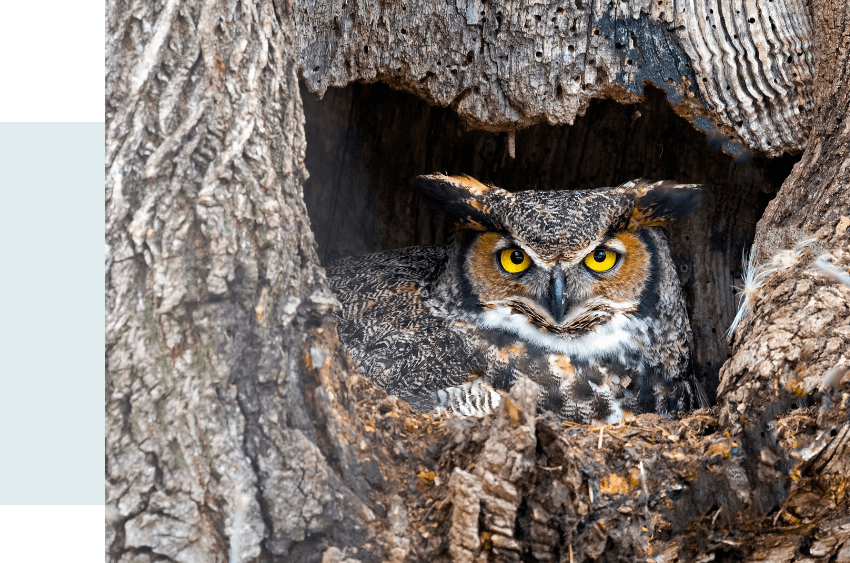
Great horned owl
Bubo virginianus
Family
Tawny owls
Locations of Occurrence
Almost all of North America, Central America, and northern and central South America
Food
Small and medium-sized mammals and birds, sometimes also reptiles, amphibians and large insects.
Population
It does not occur in Poland
Breeding
It lays 2 to 3 white eggs. The incubation time for the eggs by the female is over a month. Juvenile individuals leave the nest after just under two months. They become capable of flight after three months
See other products with birds
89.00 zł
89.00 zł
20.00 zł – 120.00 zł
20.00 zł – 120.00 zł
20.00 zł – 120.00 zł
60.00 zł – 120.00 zł
20.00 zł – 120.00 zł
20.00 zł – 120.00 zł
20.00 zł – 120.00 zł
267.00 zł 230.00 zł
553.00 zł 499.00 zł
400.00 zł 375.00 zł
464.00 zł 439.00 zł
237.00 zł 225.00 zł
150.00 zł 143.00 zł
174.00 zł 165.00 zł
89.00 zł
50.00 zł
50.00 zł
58.00 zł
79.00 zł
79.00 zł
79.00 zł
79.00 zł
79.00 zł
50.00 zł
50.00 zł
50.00 zł
50.00 zł
50.00 zł
89.00 zł
89.00 zł
20.00 zł – 120.00 zł
20.00 zł – 120.00 zł
20.00 zł – 120.00 zł
20.00 zł – 120.00 zł
89.00 zł
20.00 zł – 120.00 zł
20.00 zł – 120.00 zł
60.00 zł – 120.00 zł
20.00 zł – 120.00 zł
20.00 zł – 120.00 zł
20.00 zł – 120.00 zł
600.00 zł 500.00 zł
160.00 zł – 320.00 zł
450.00 zł 400.00 zł
